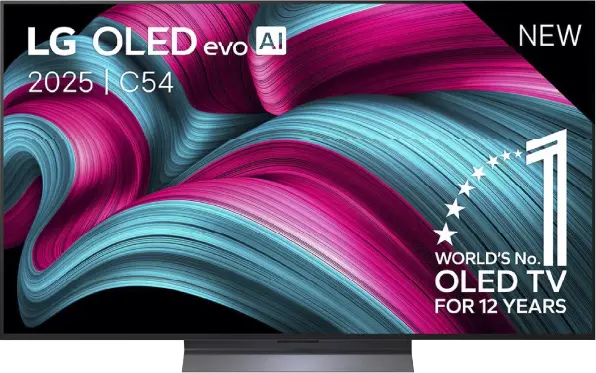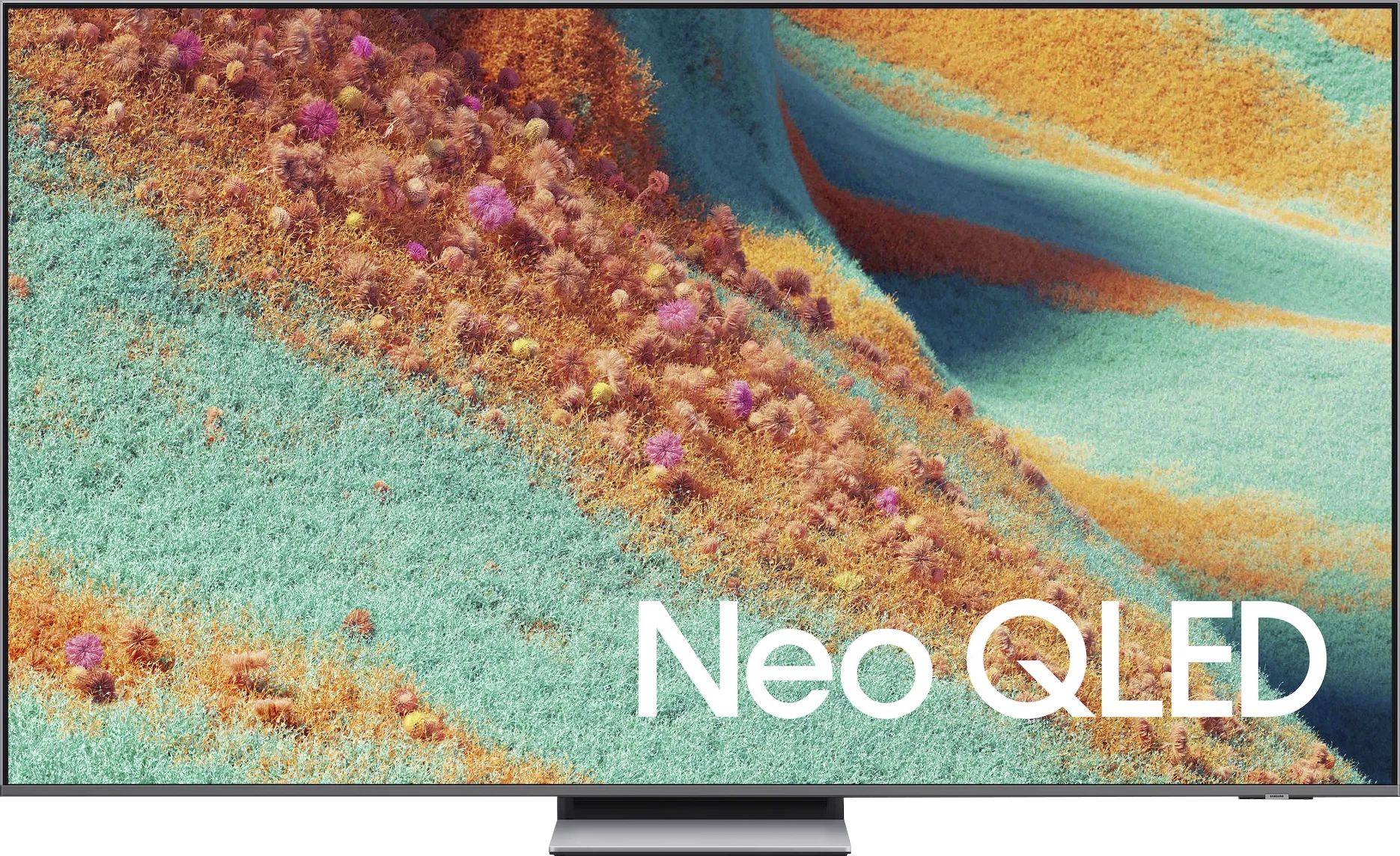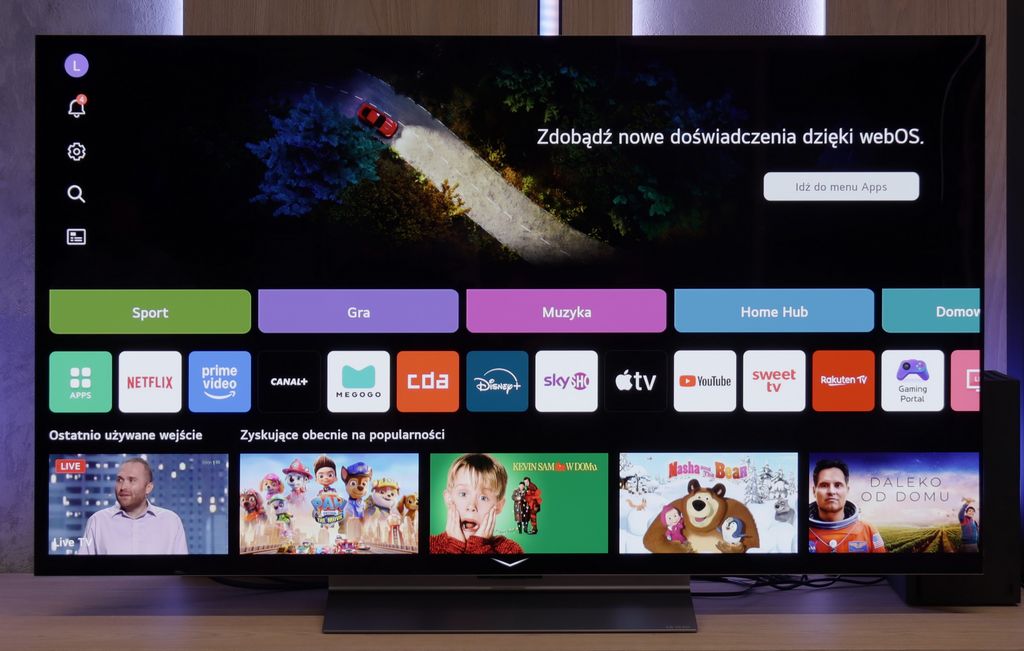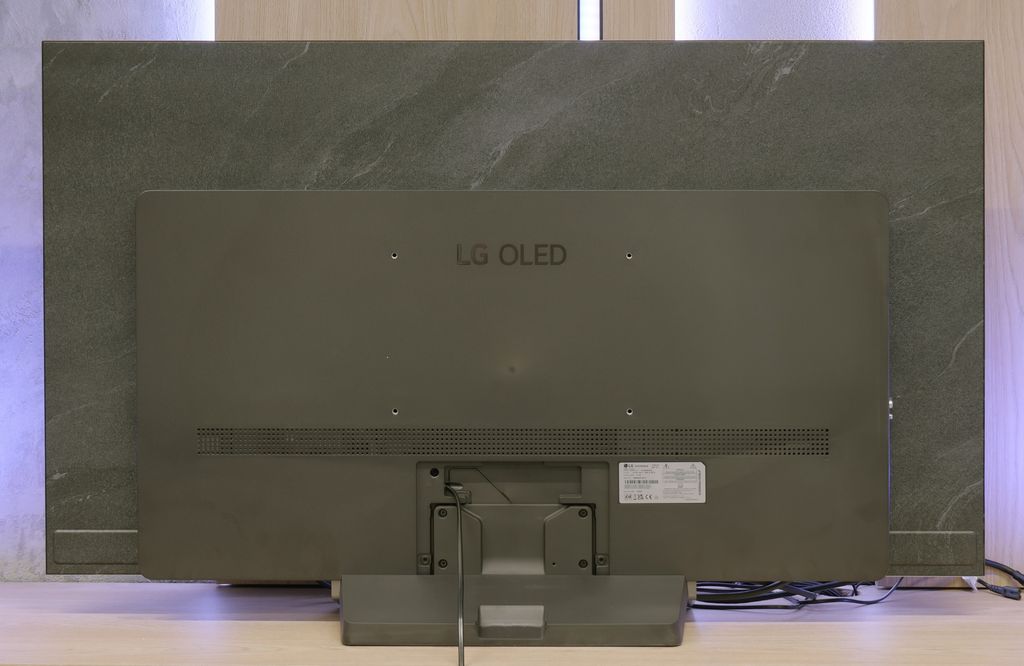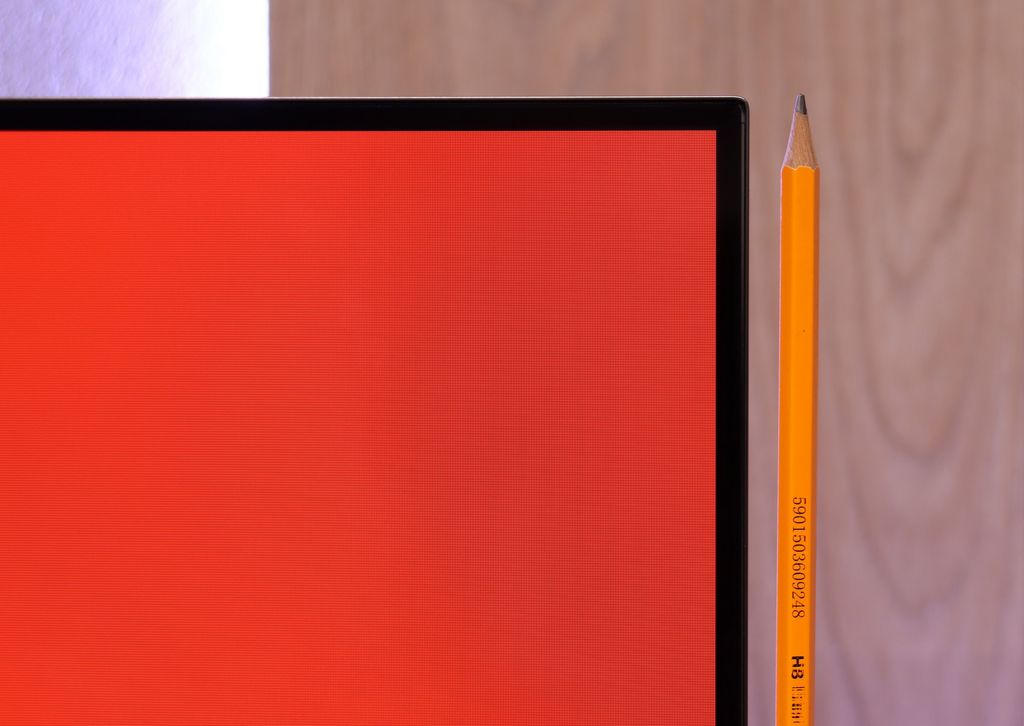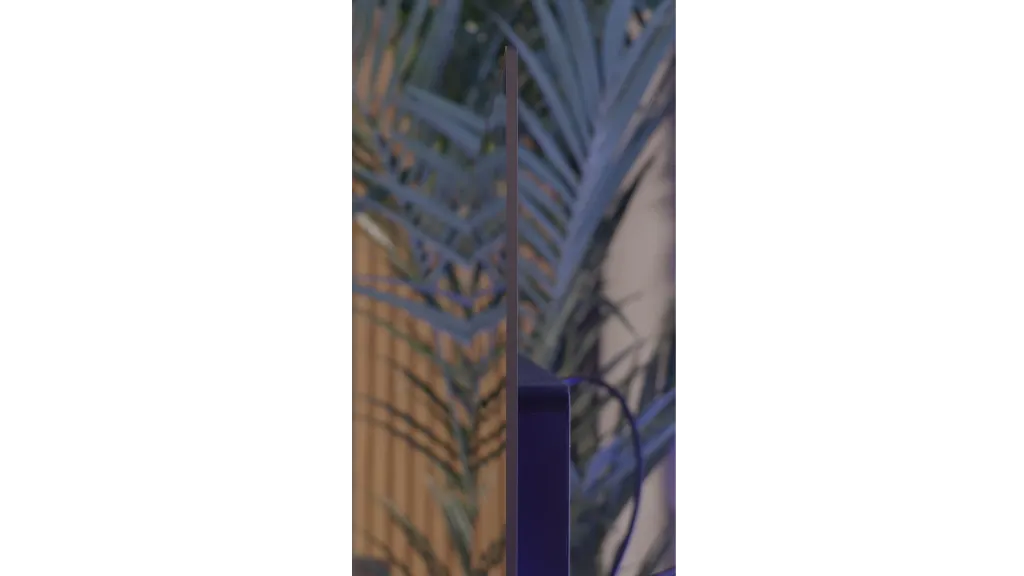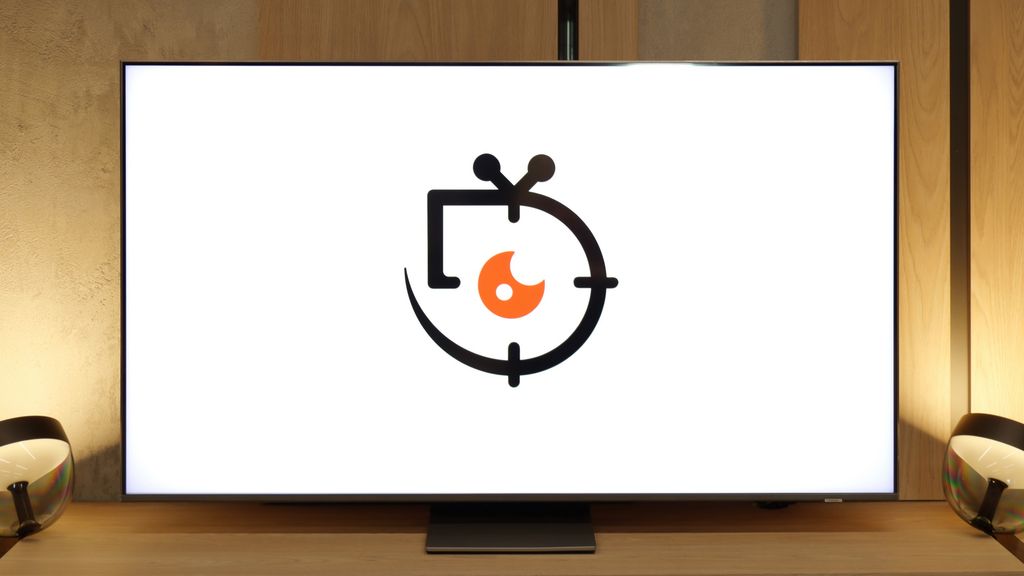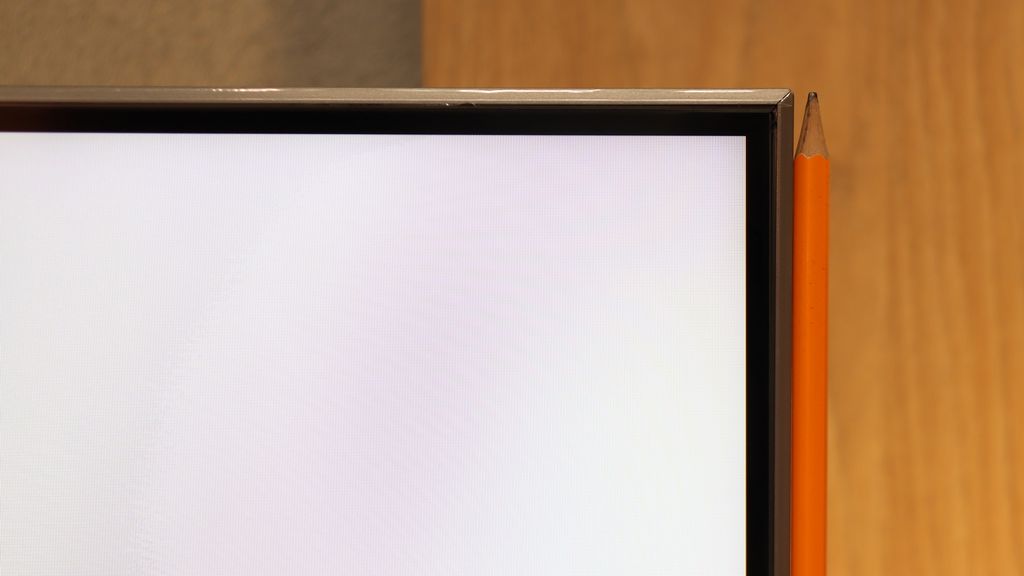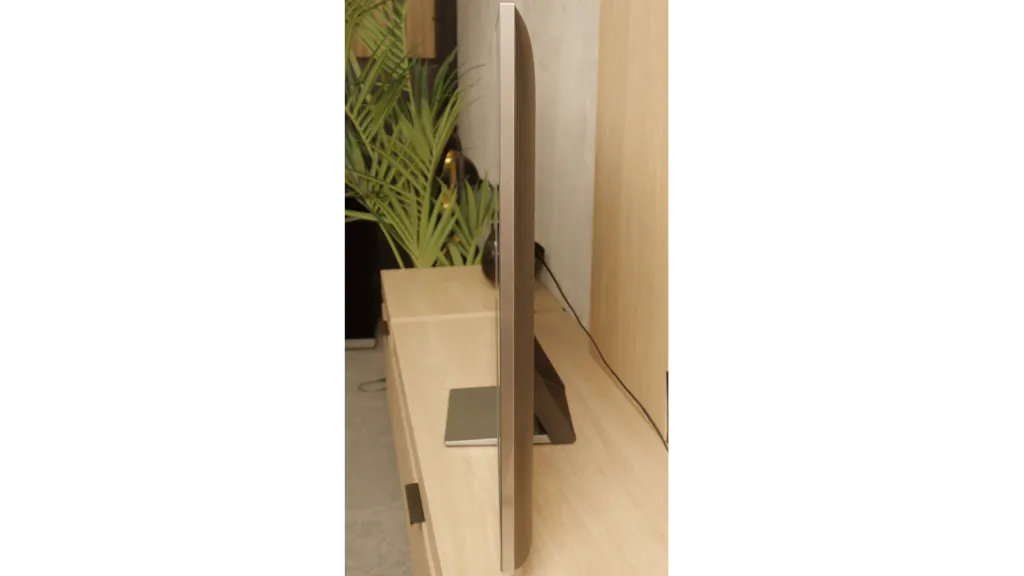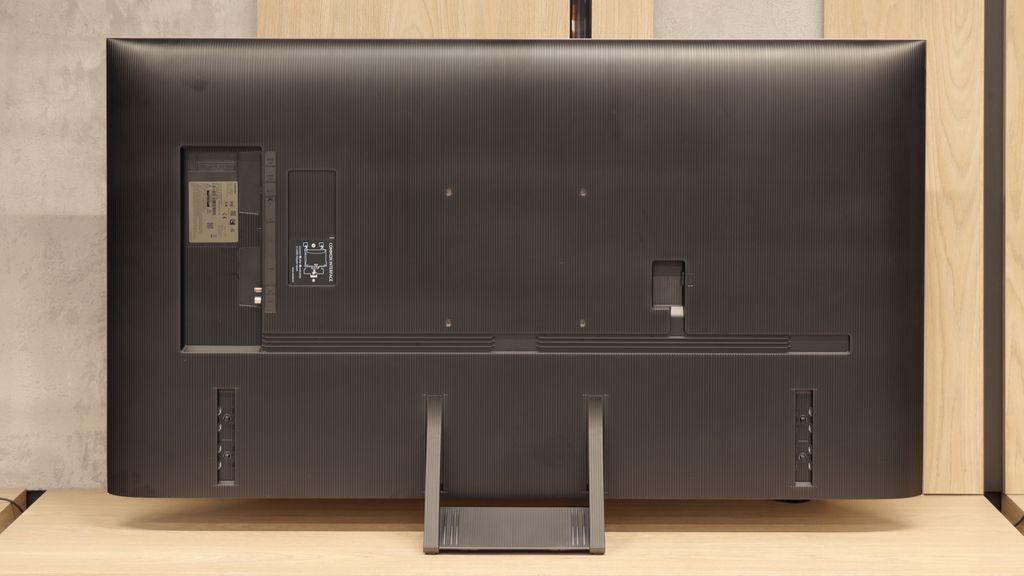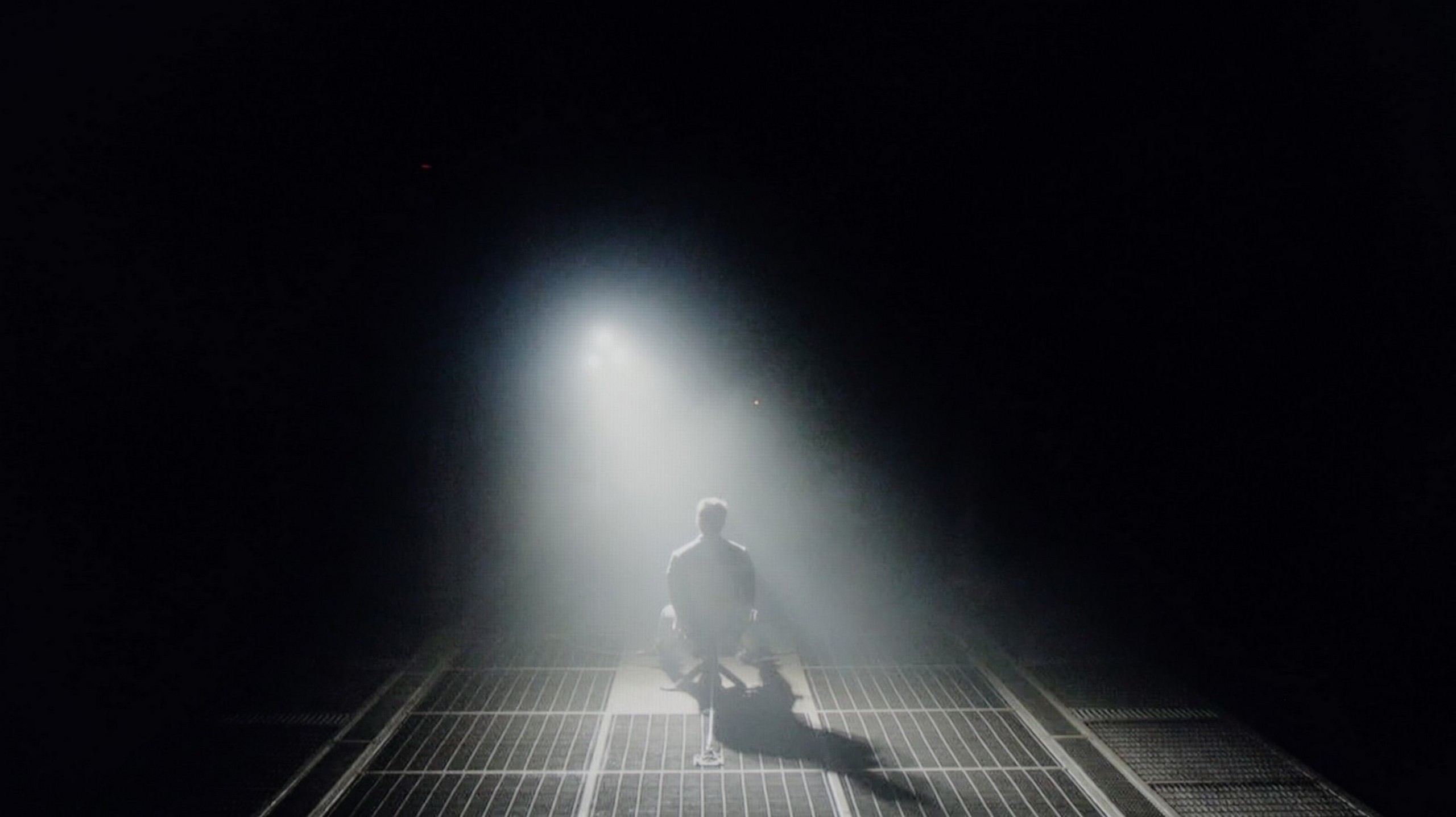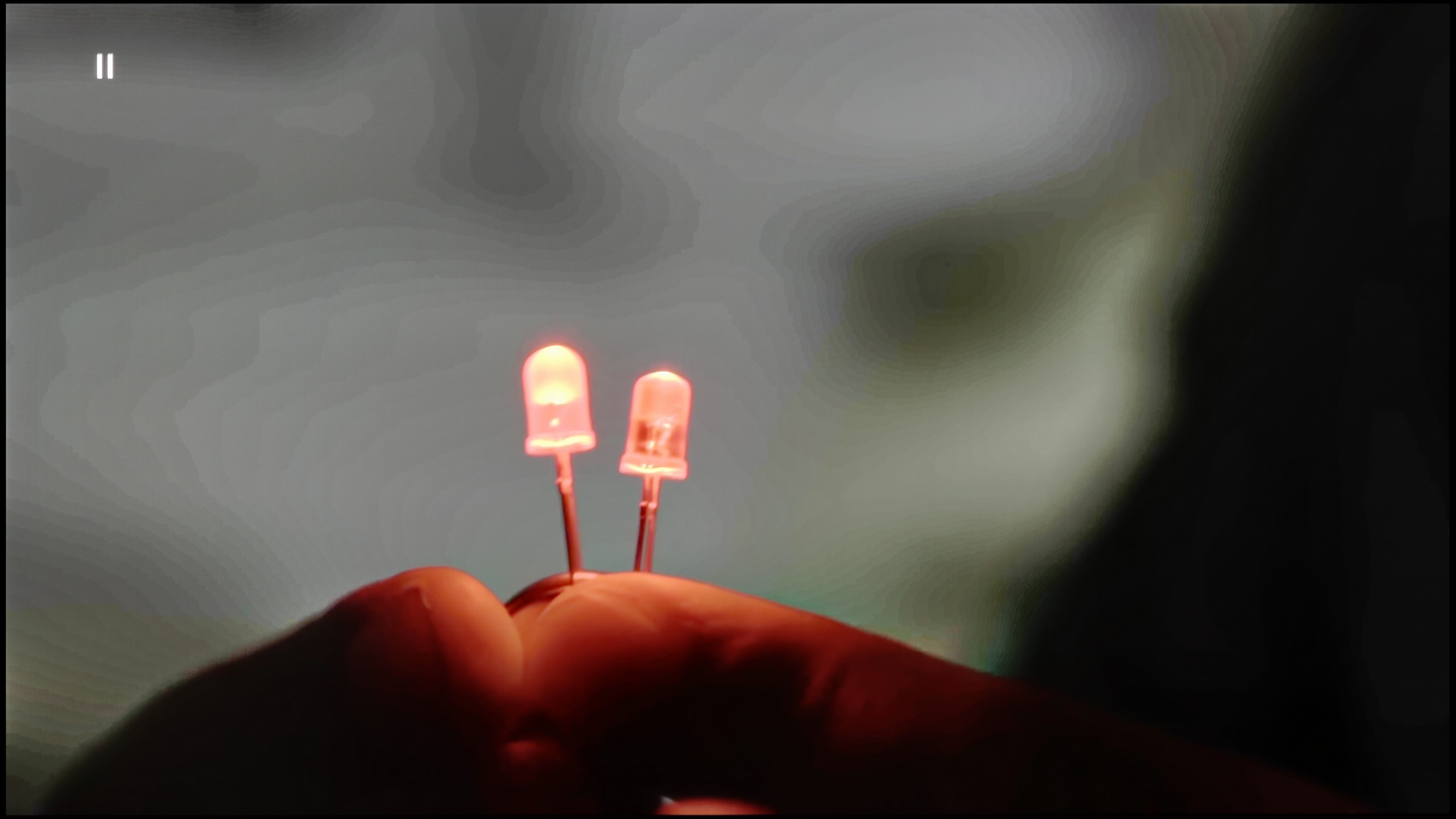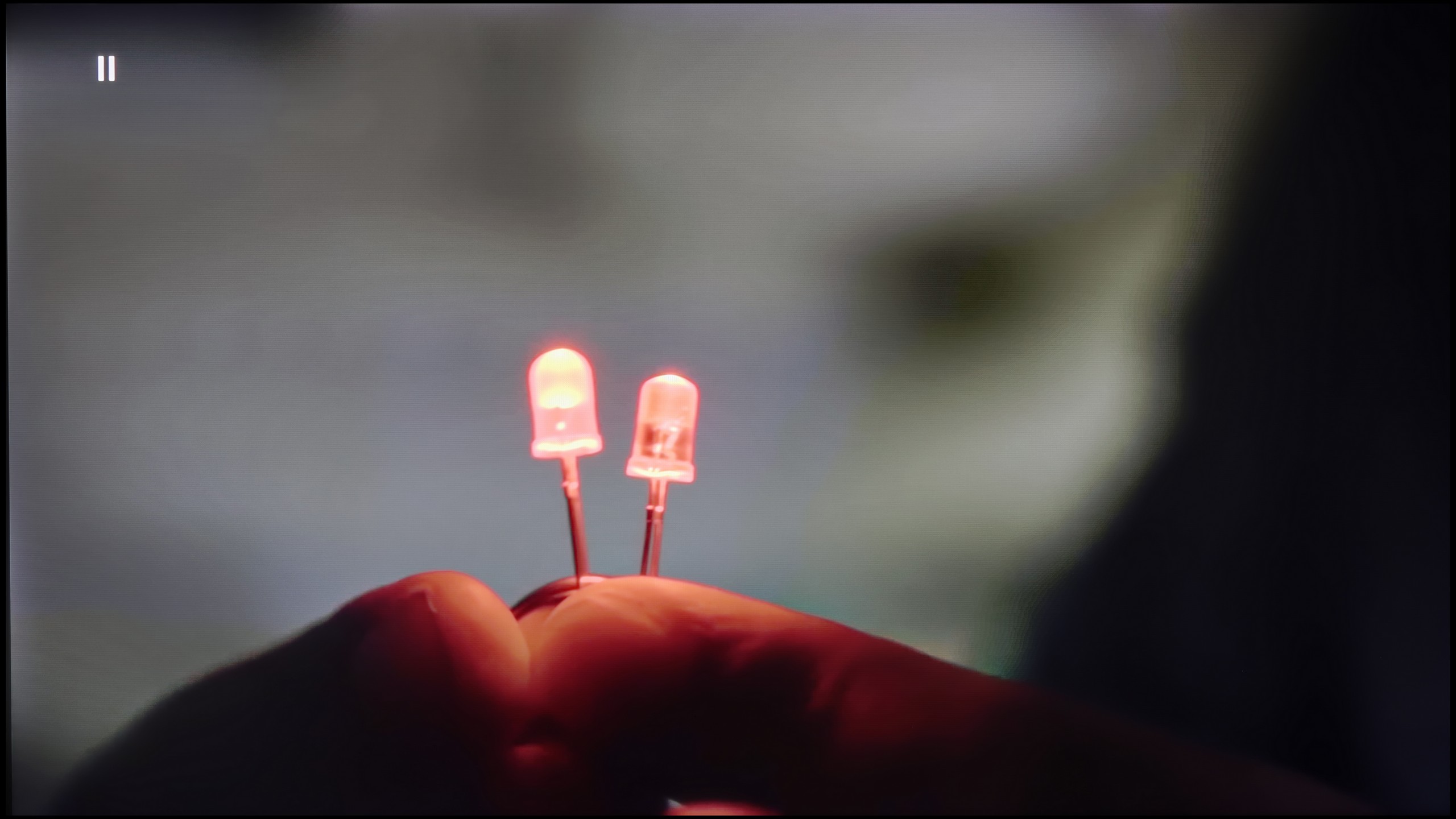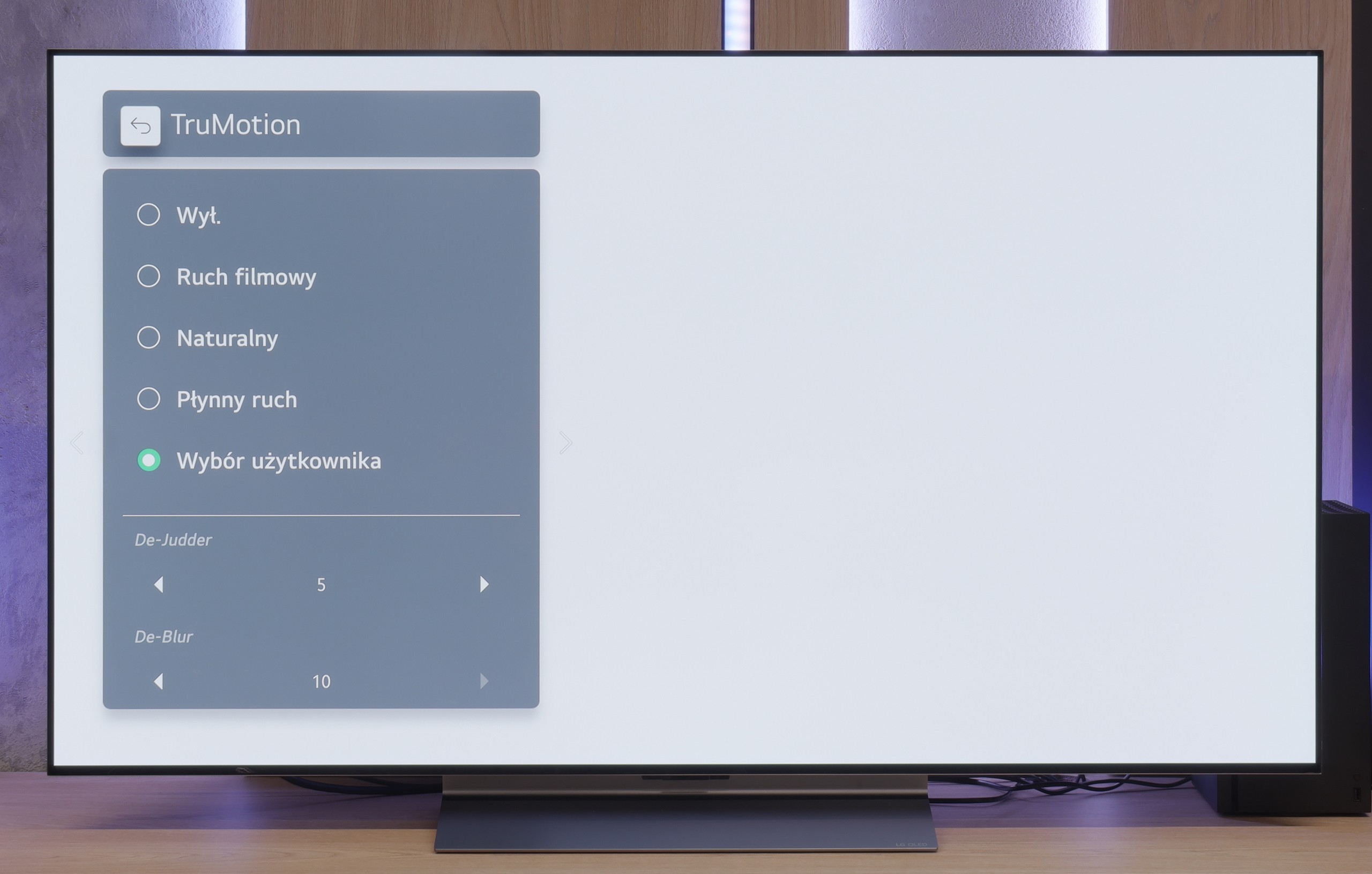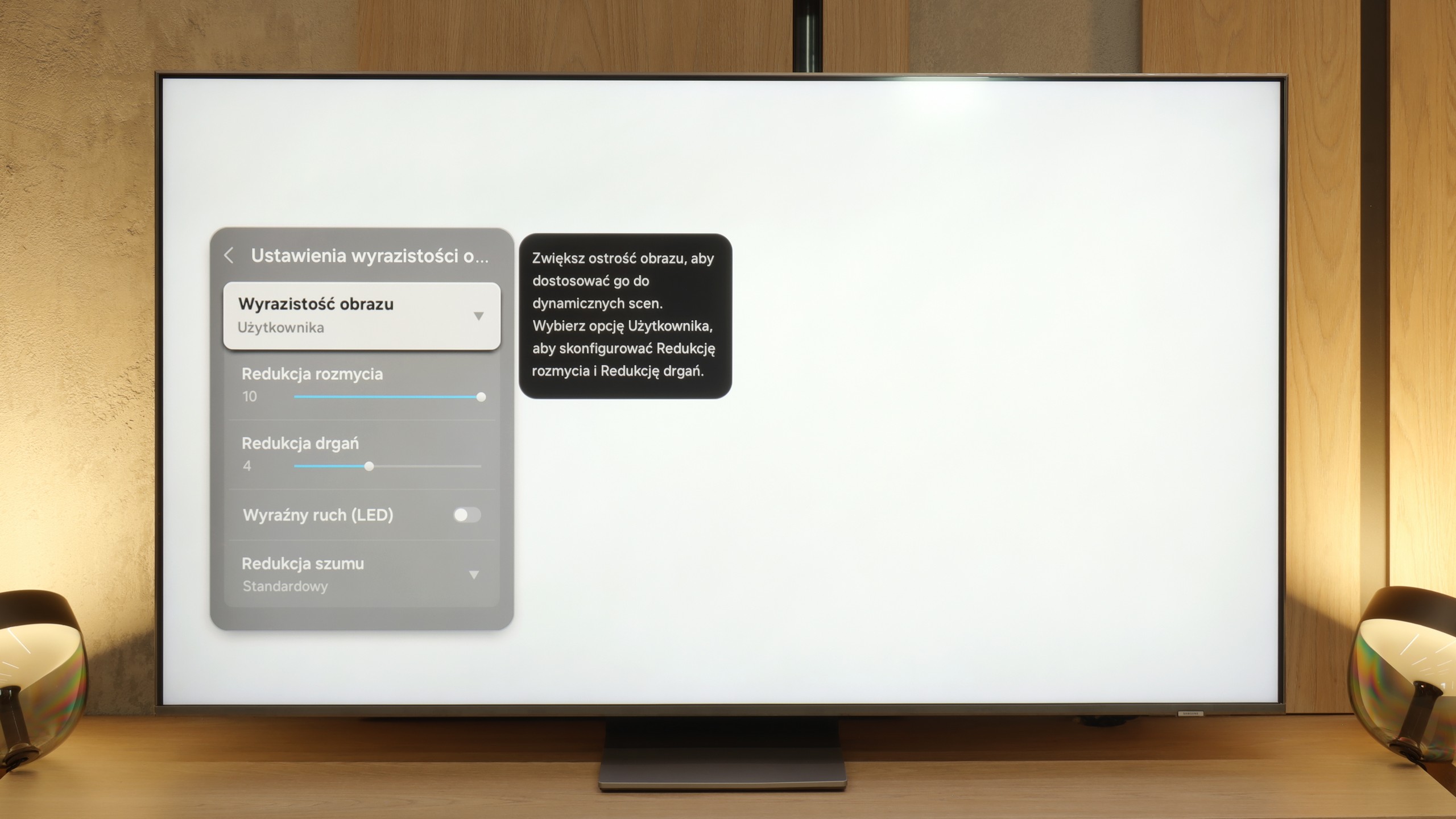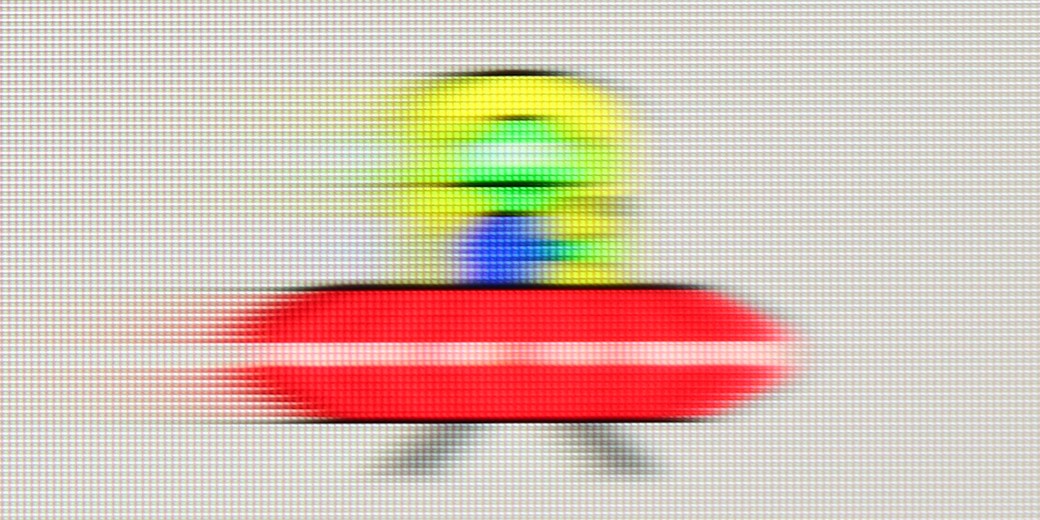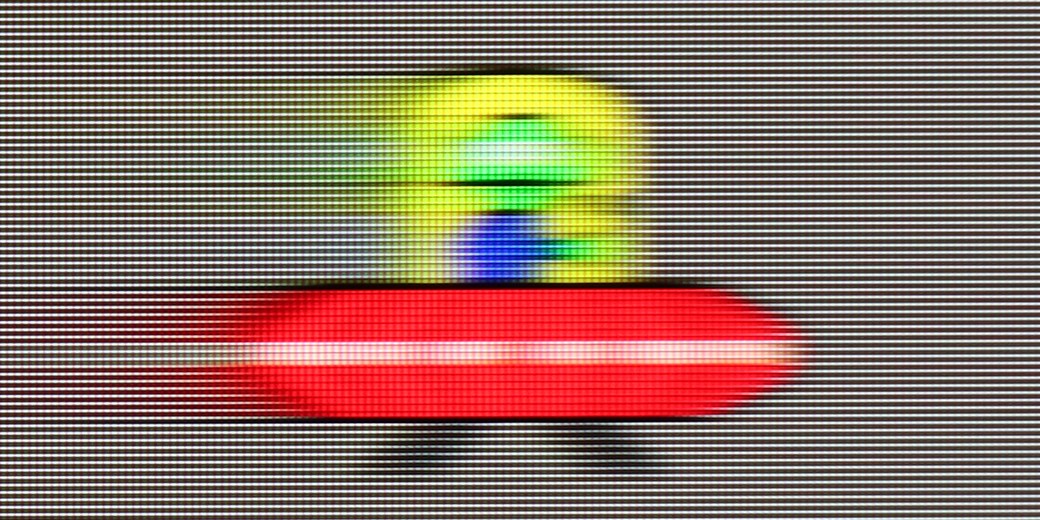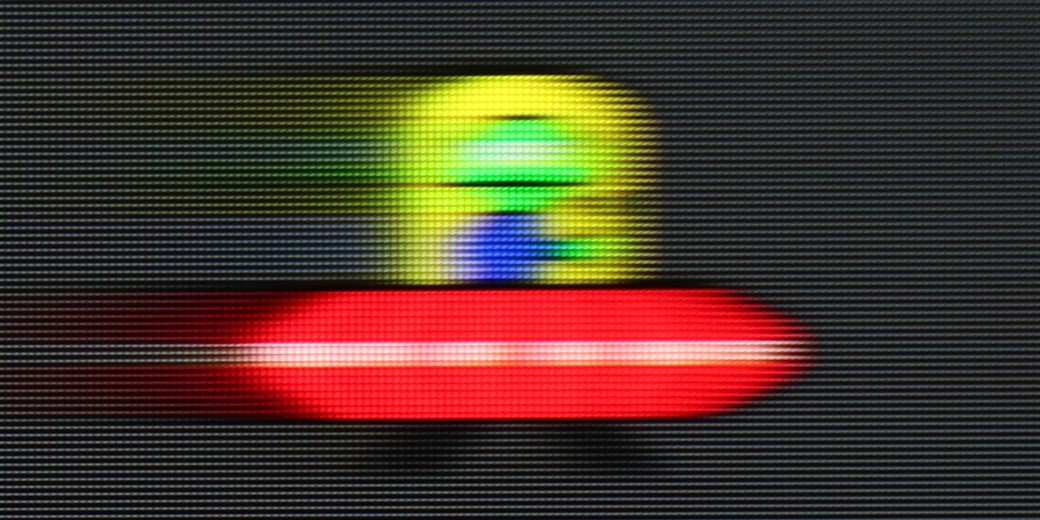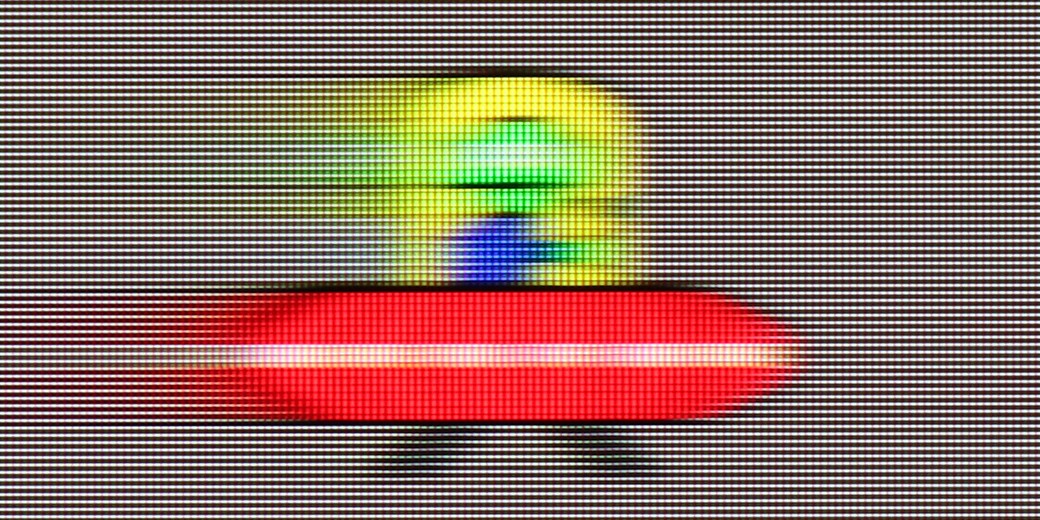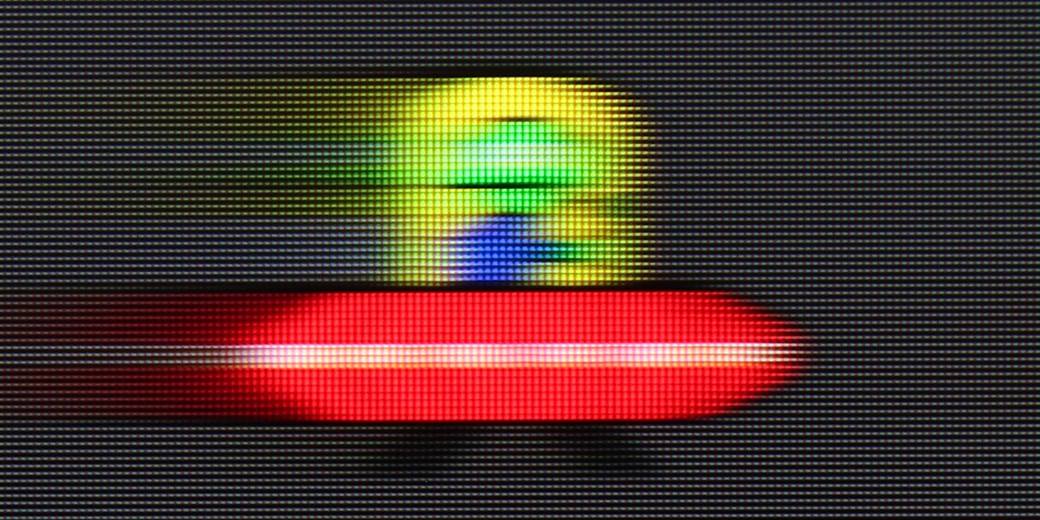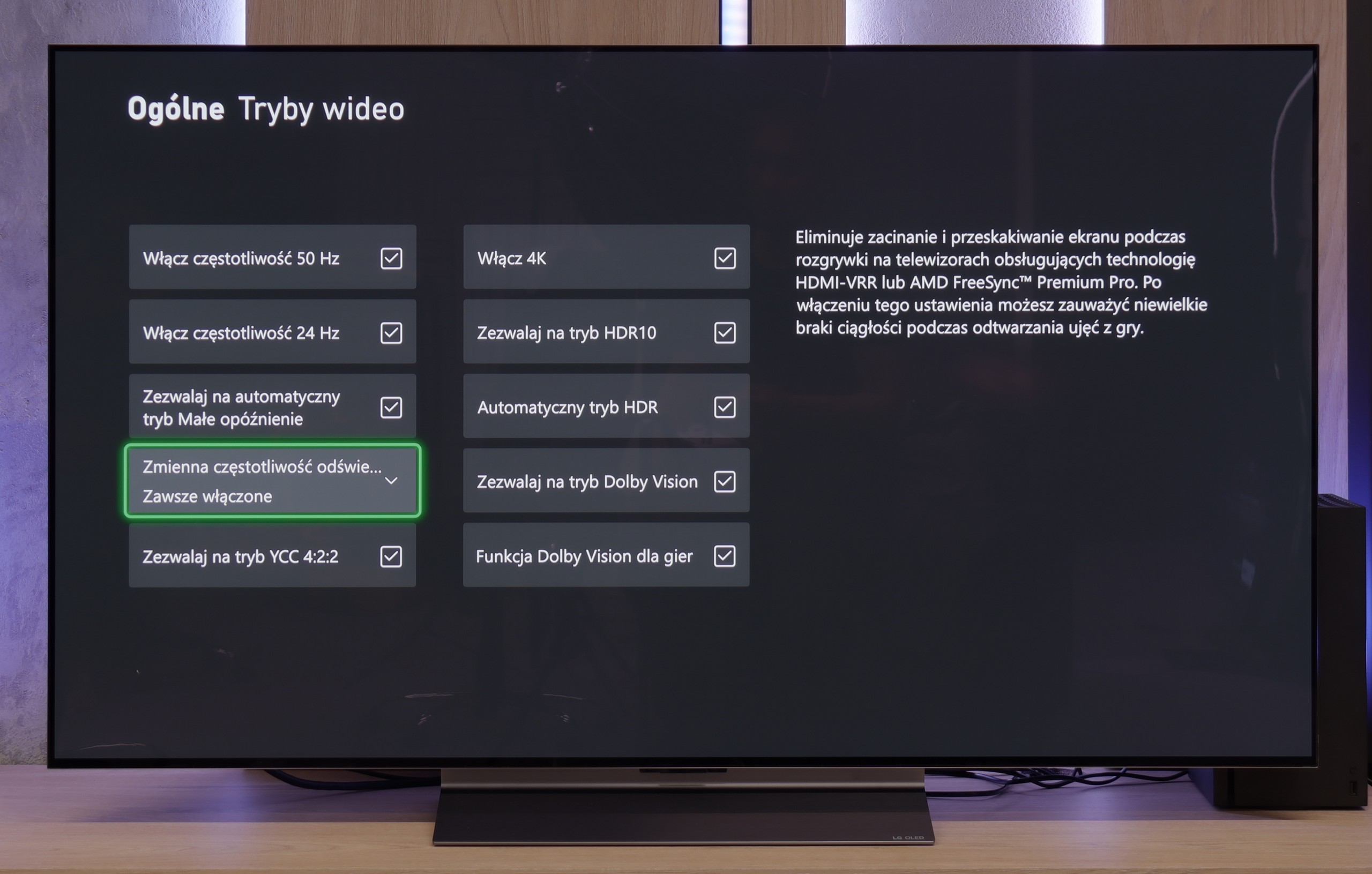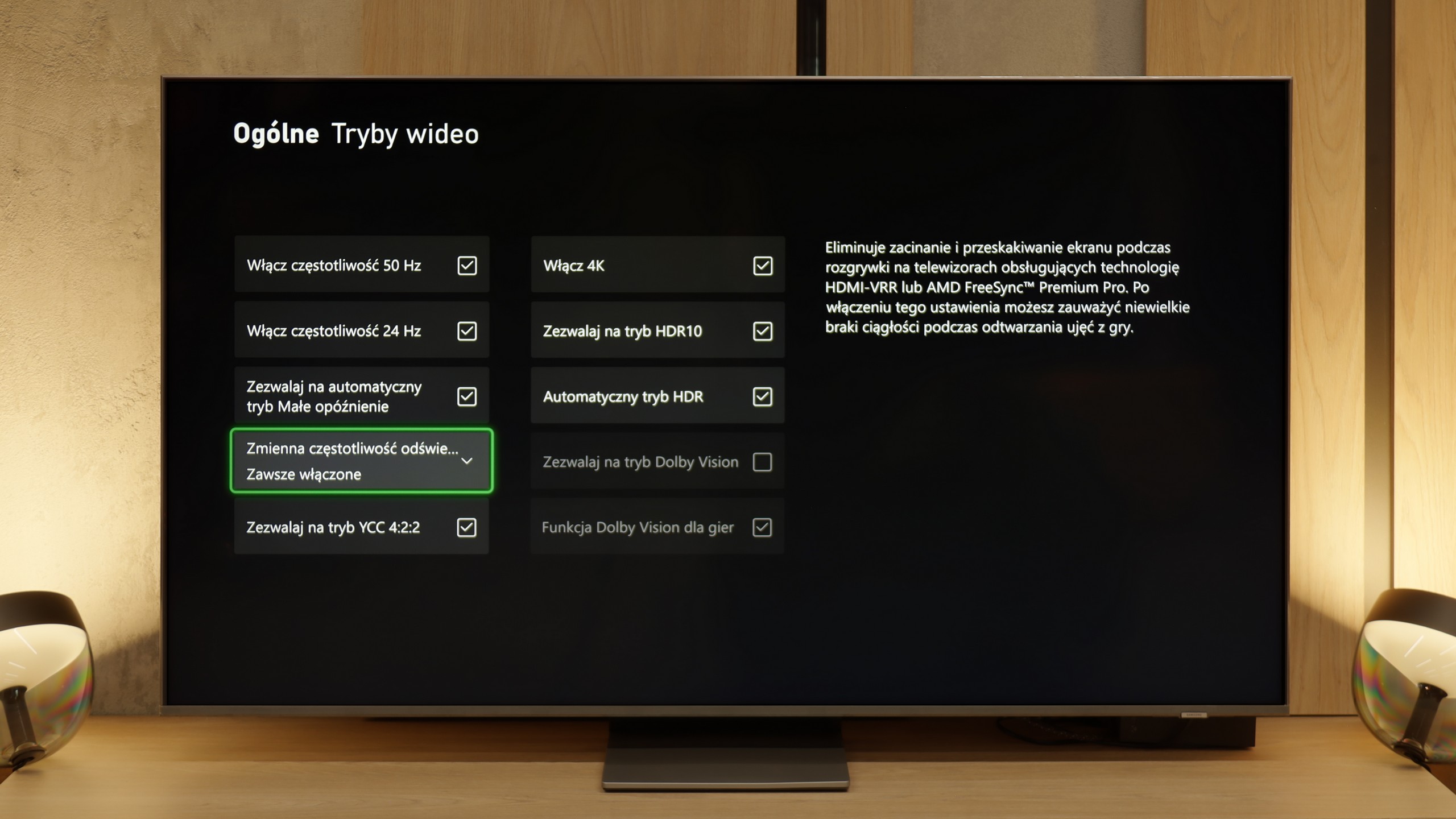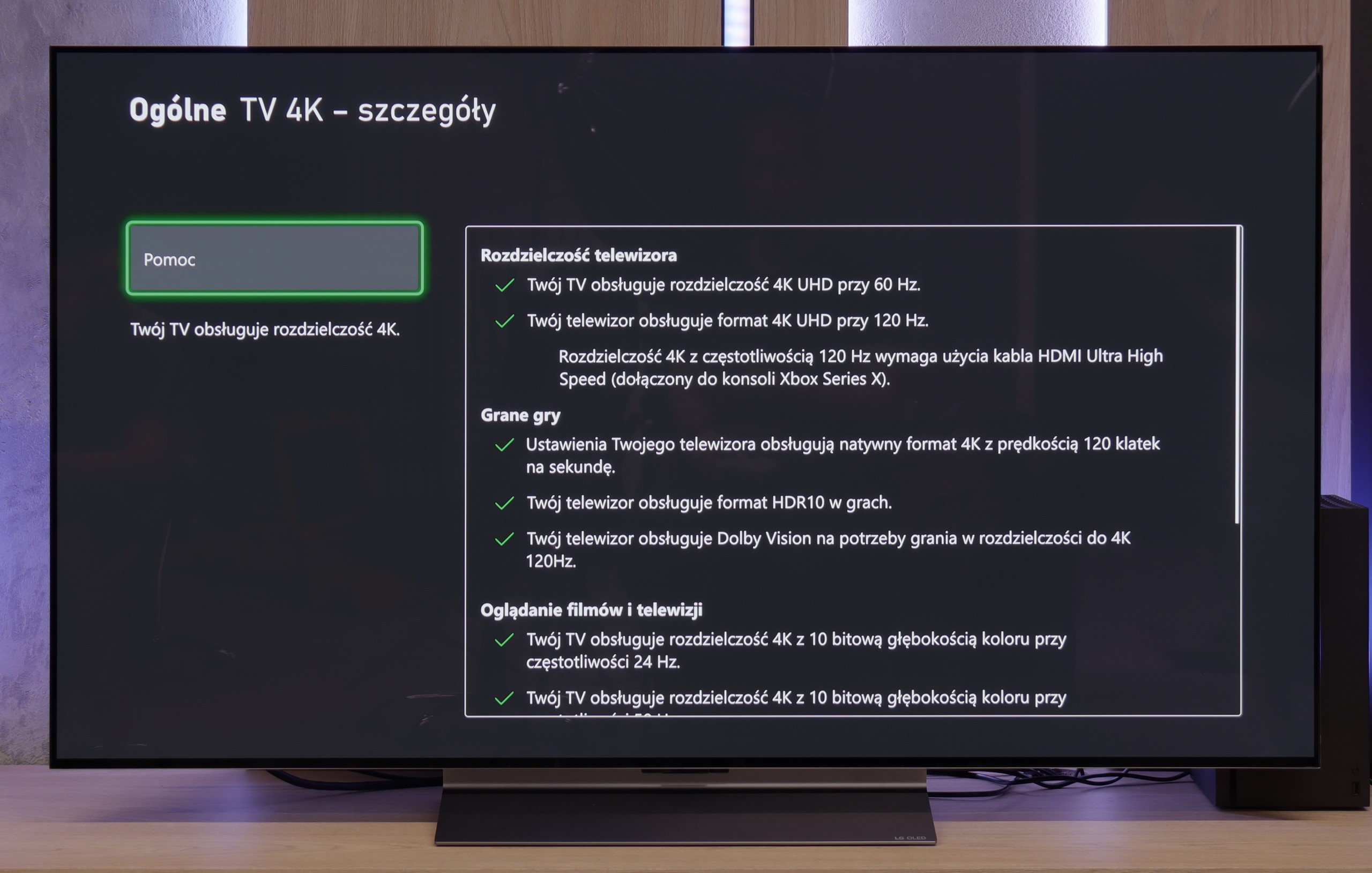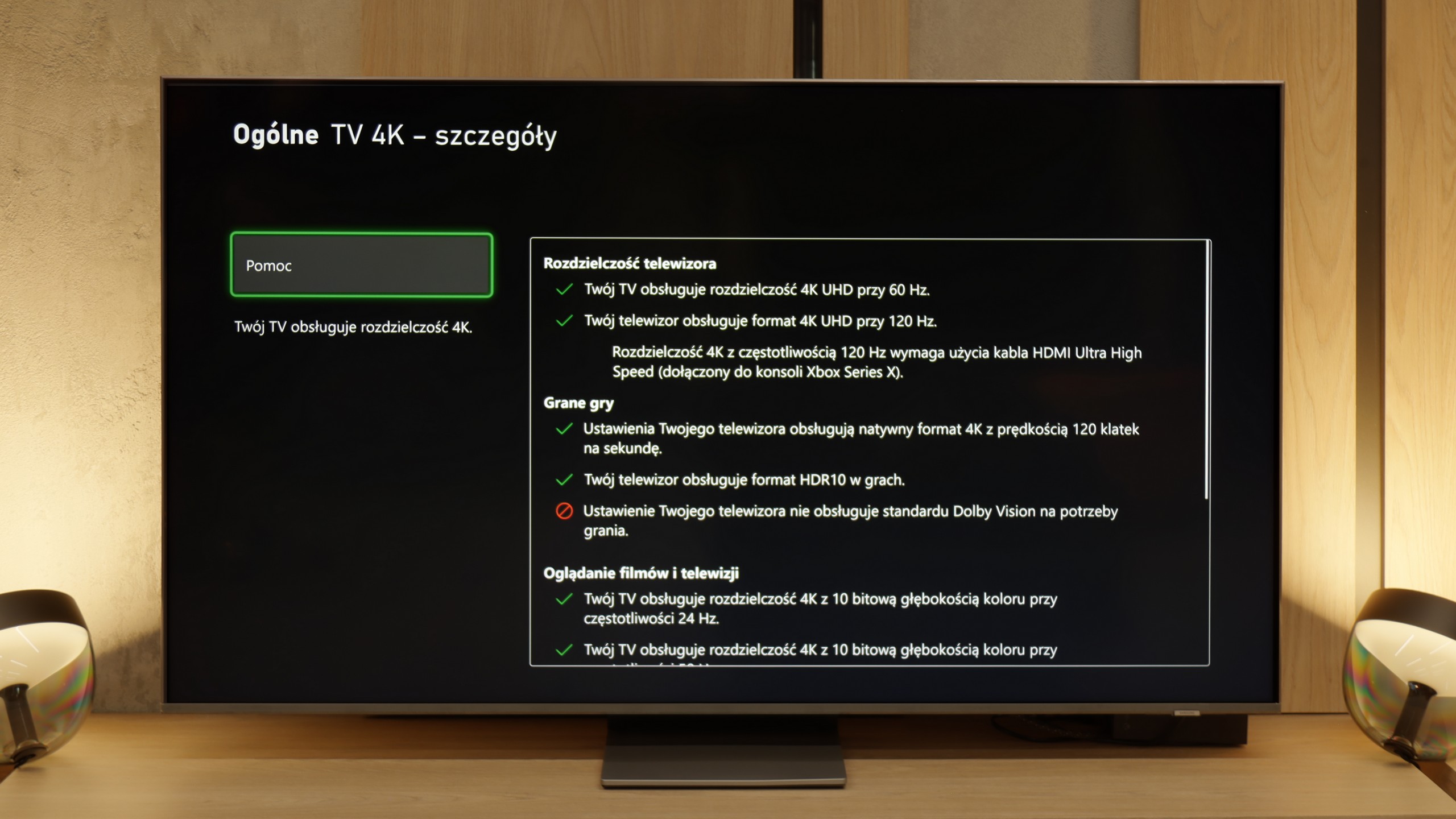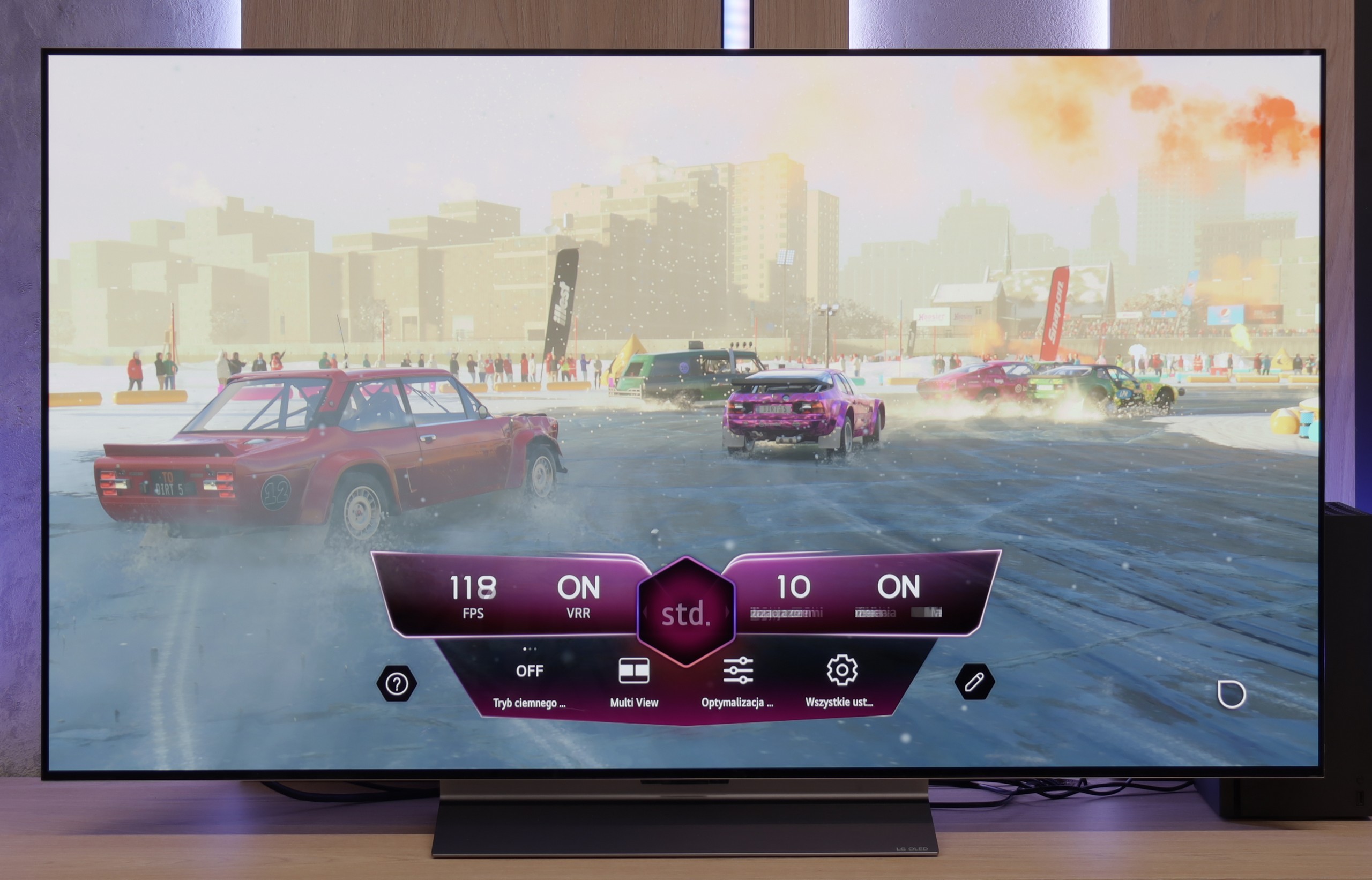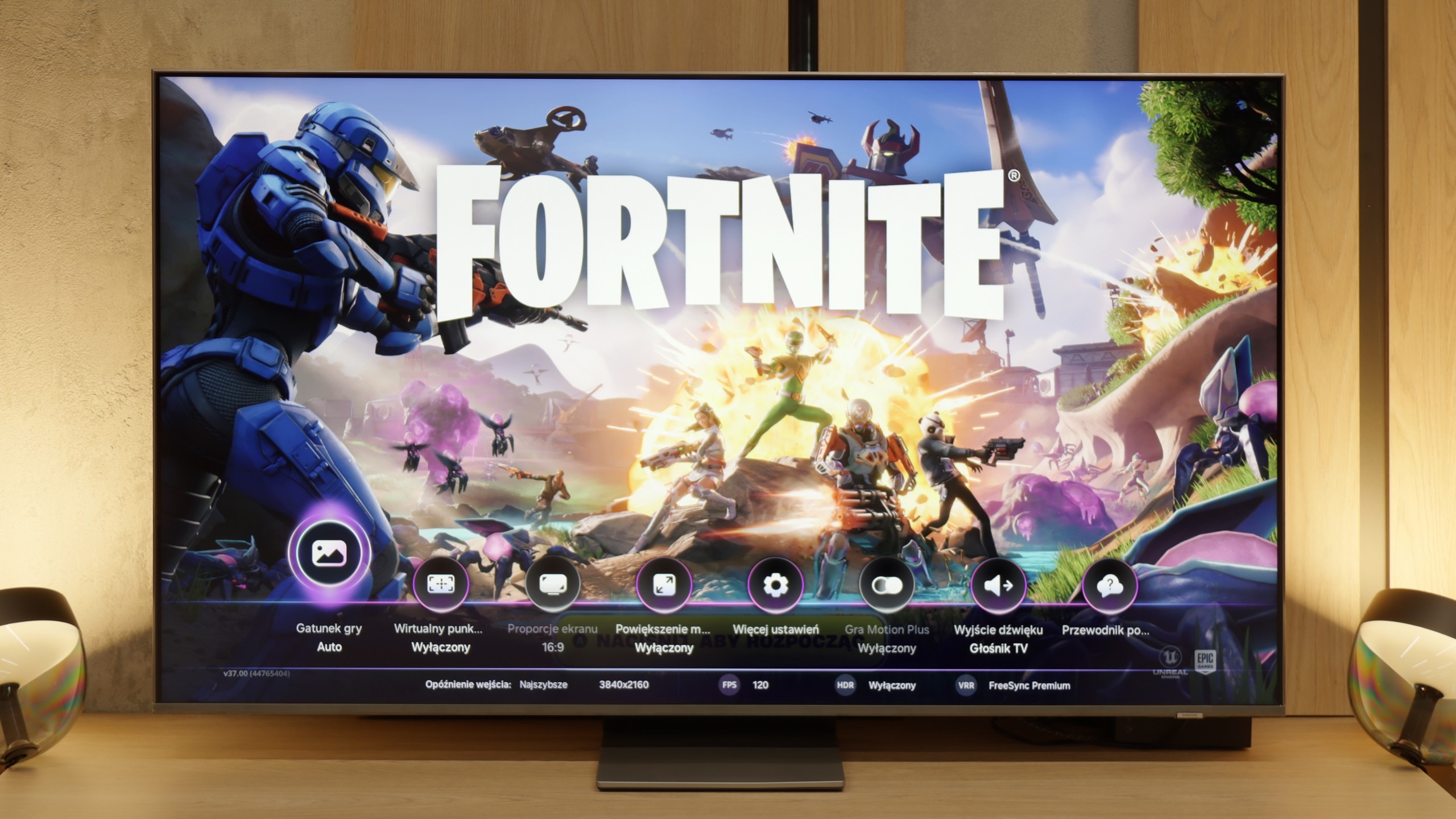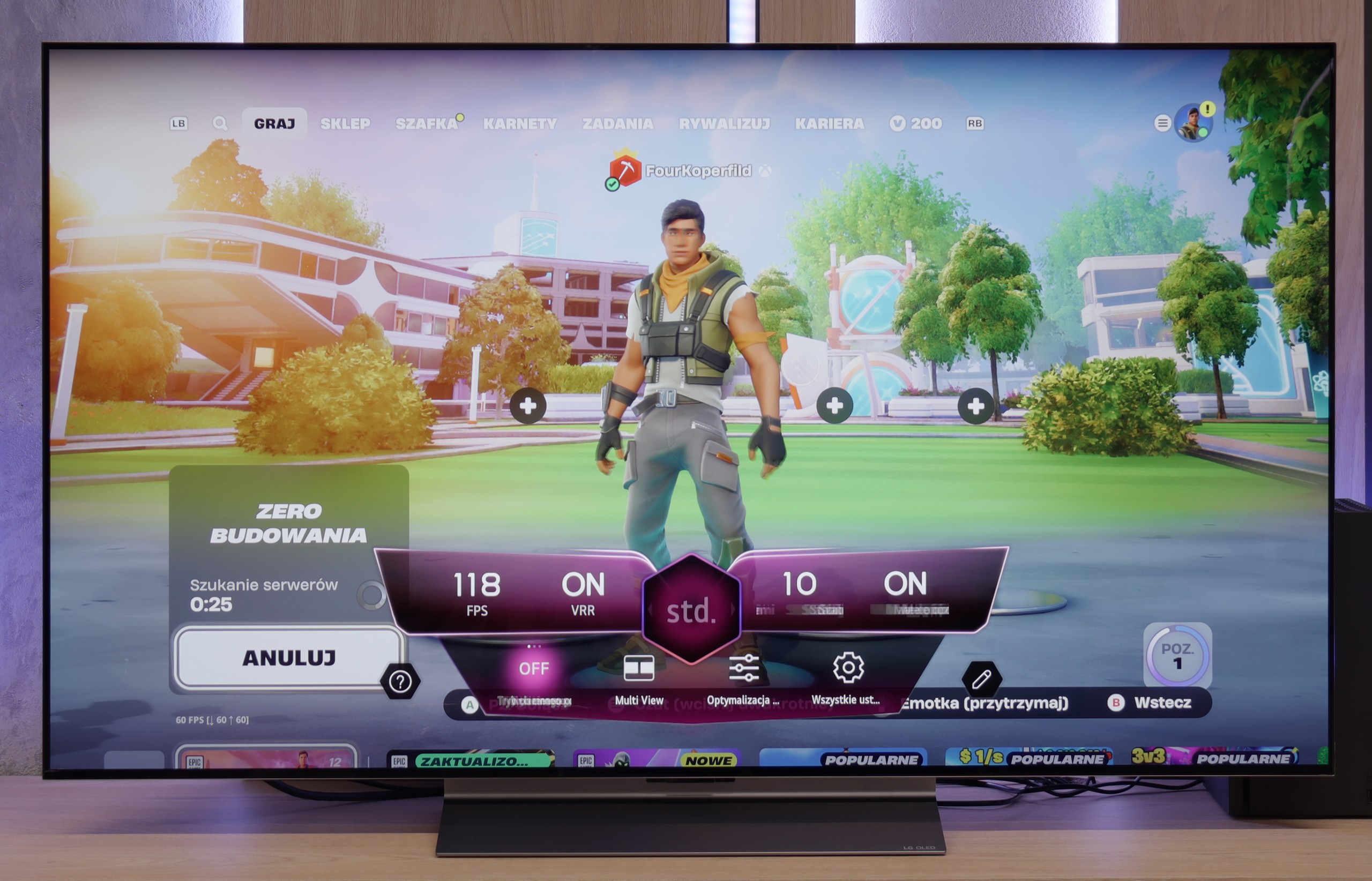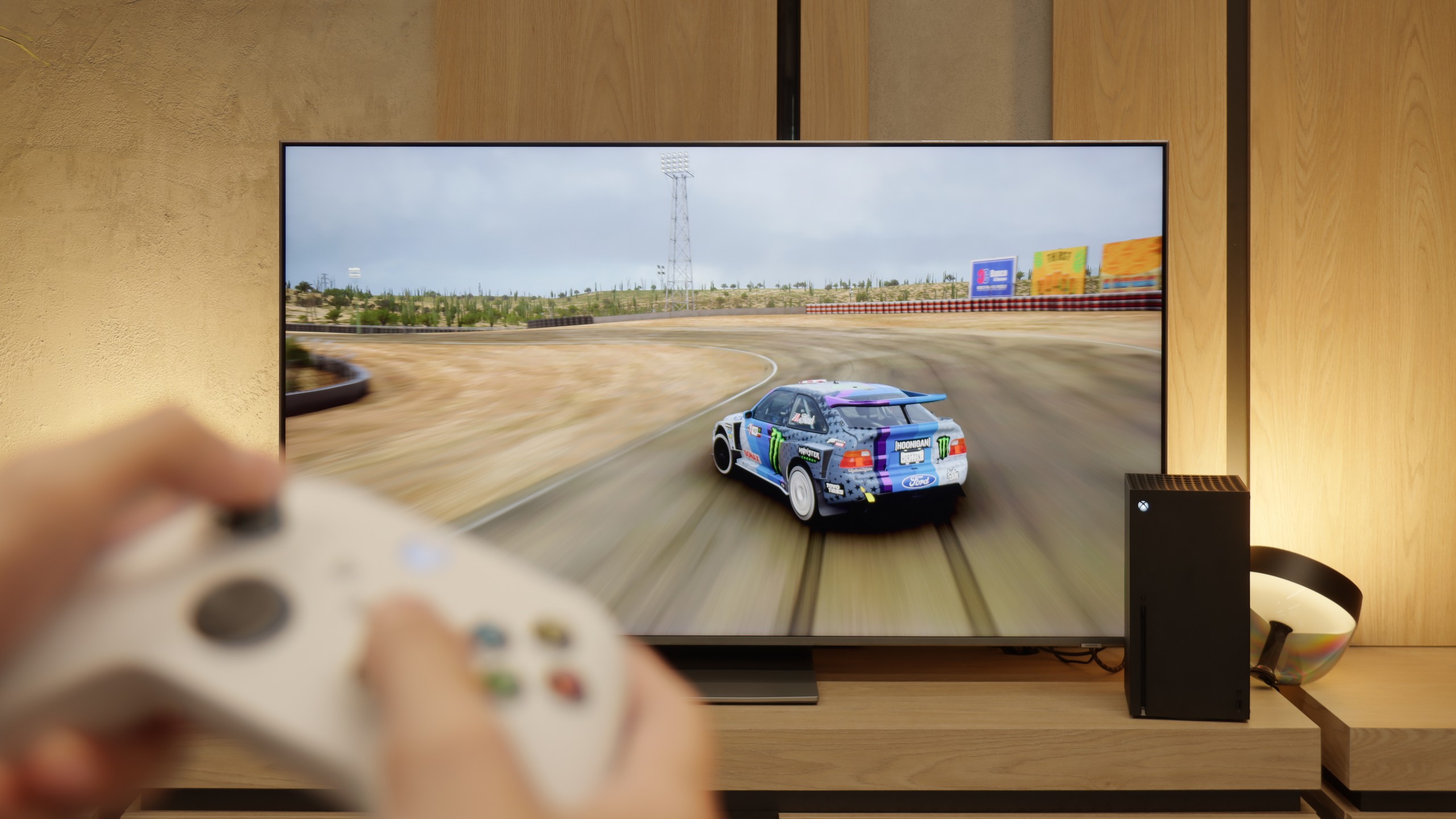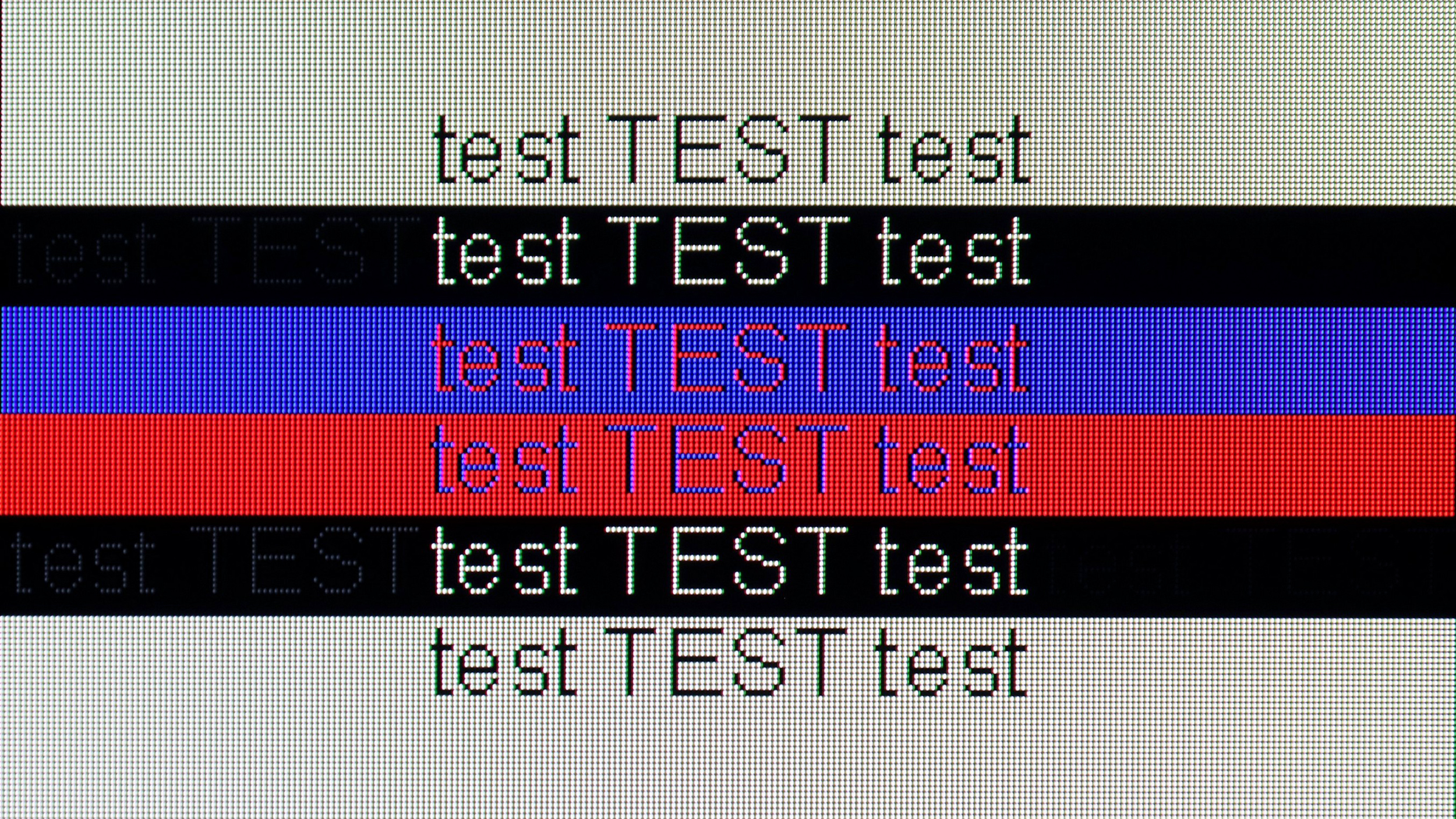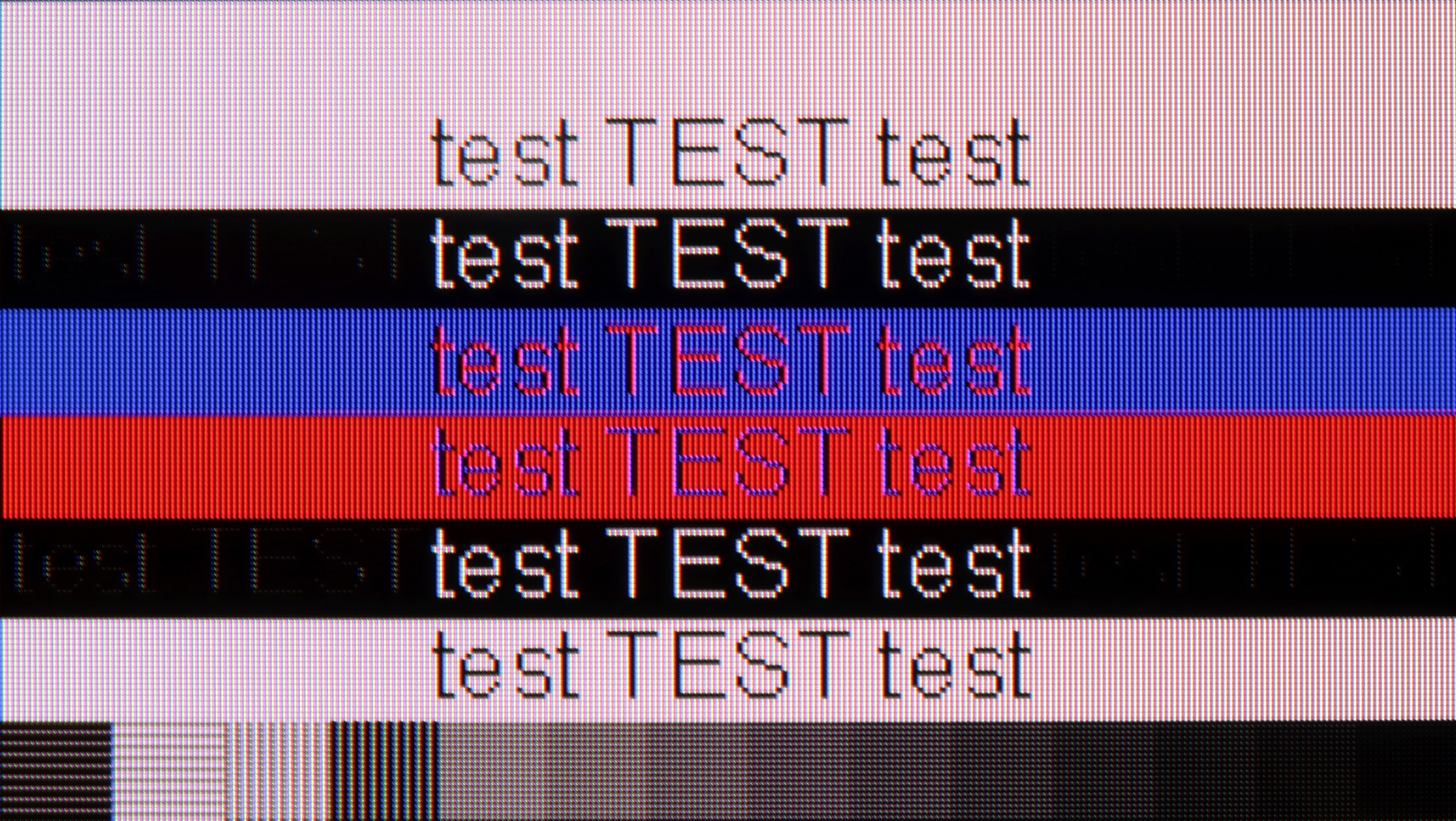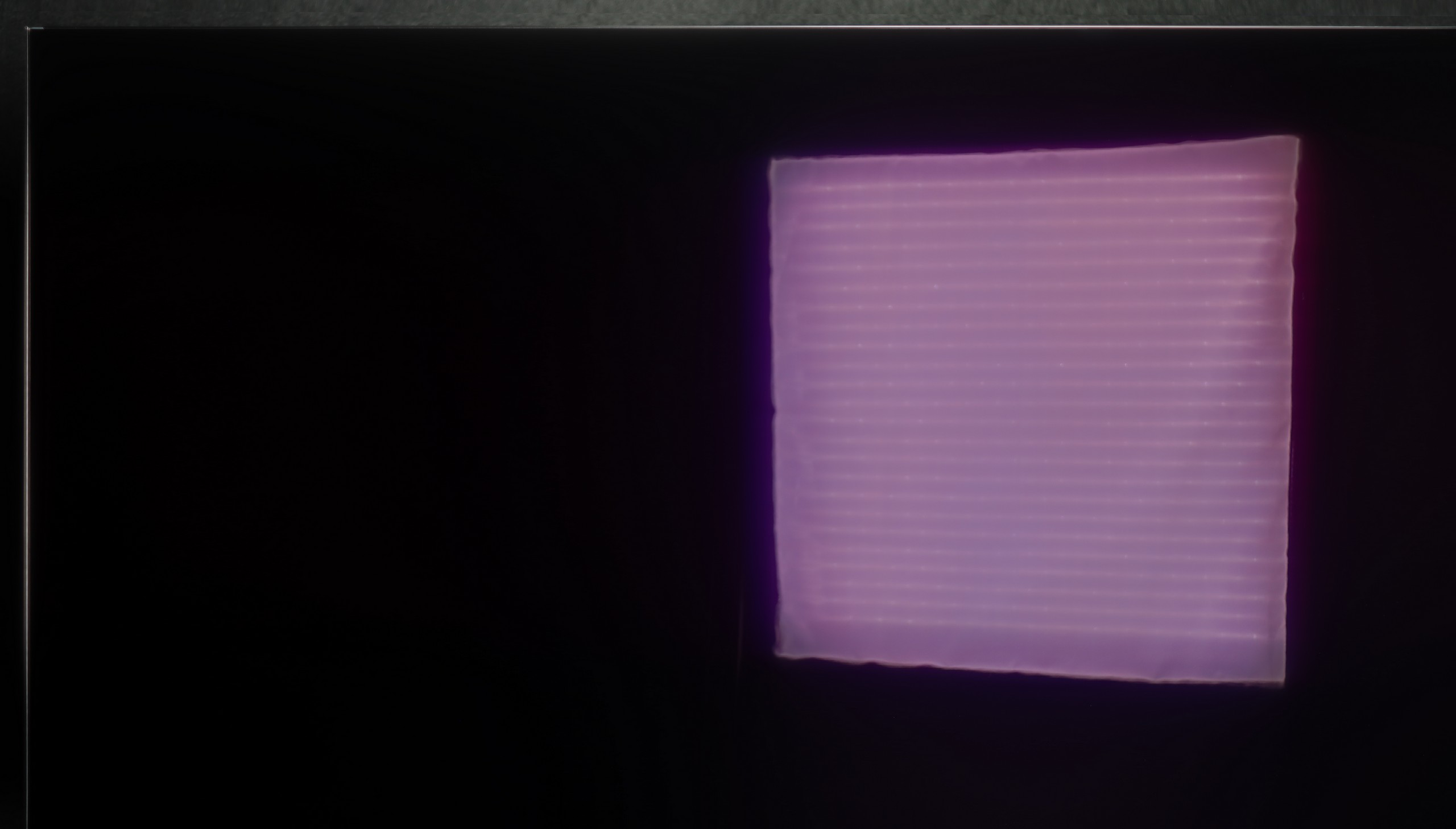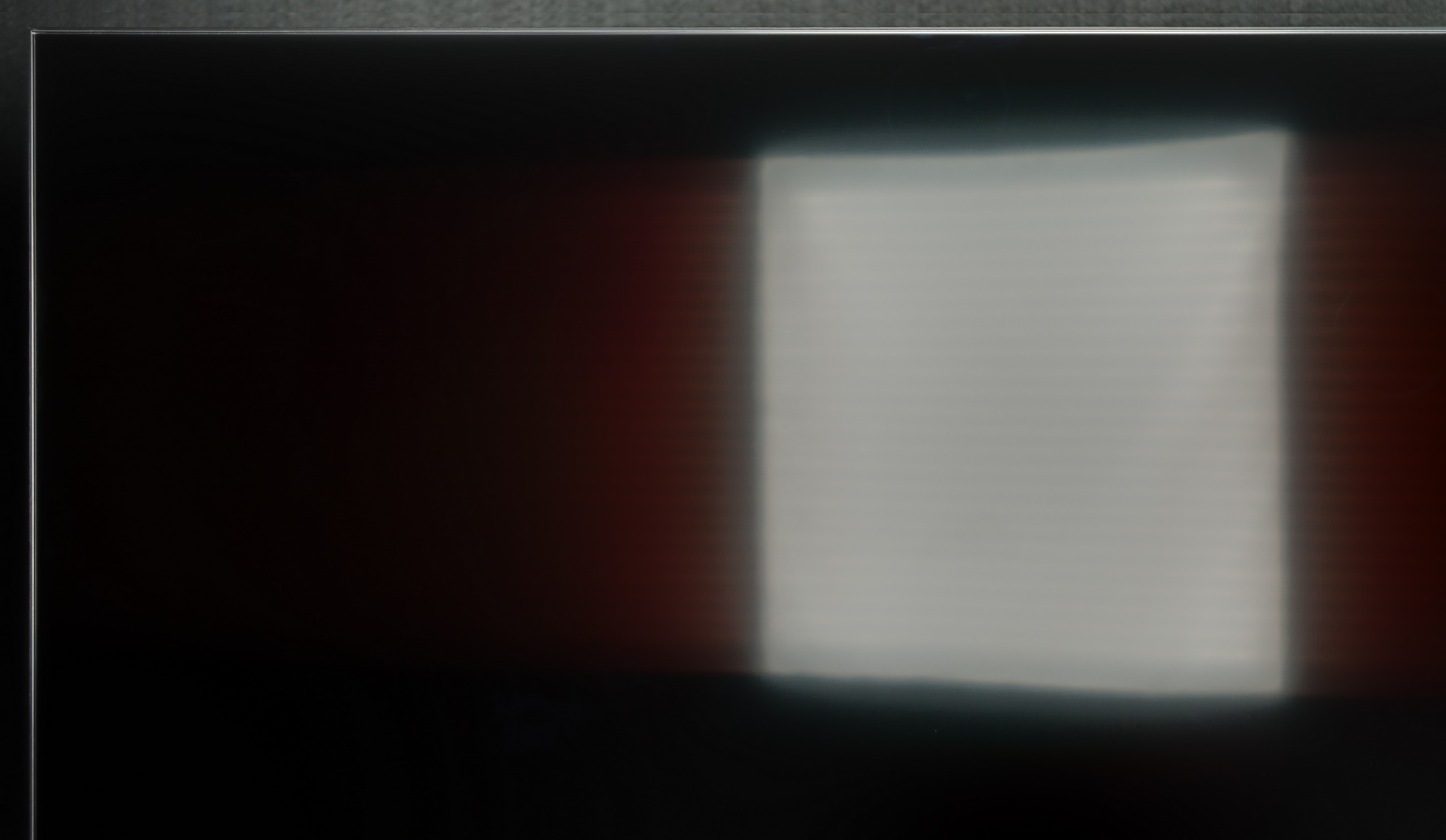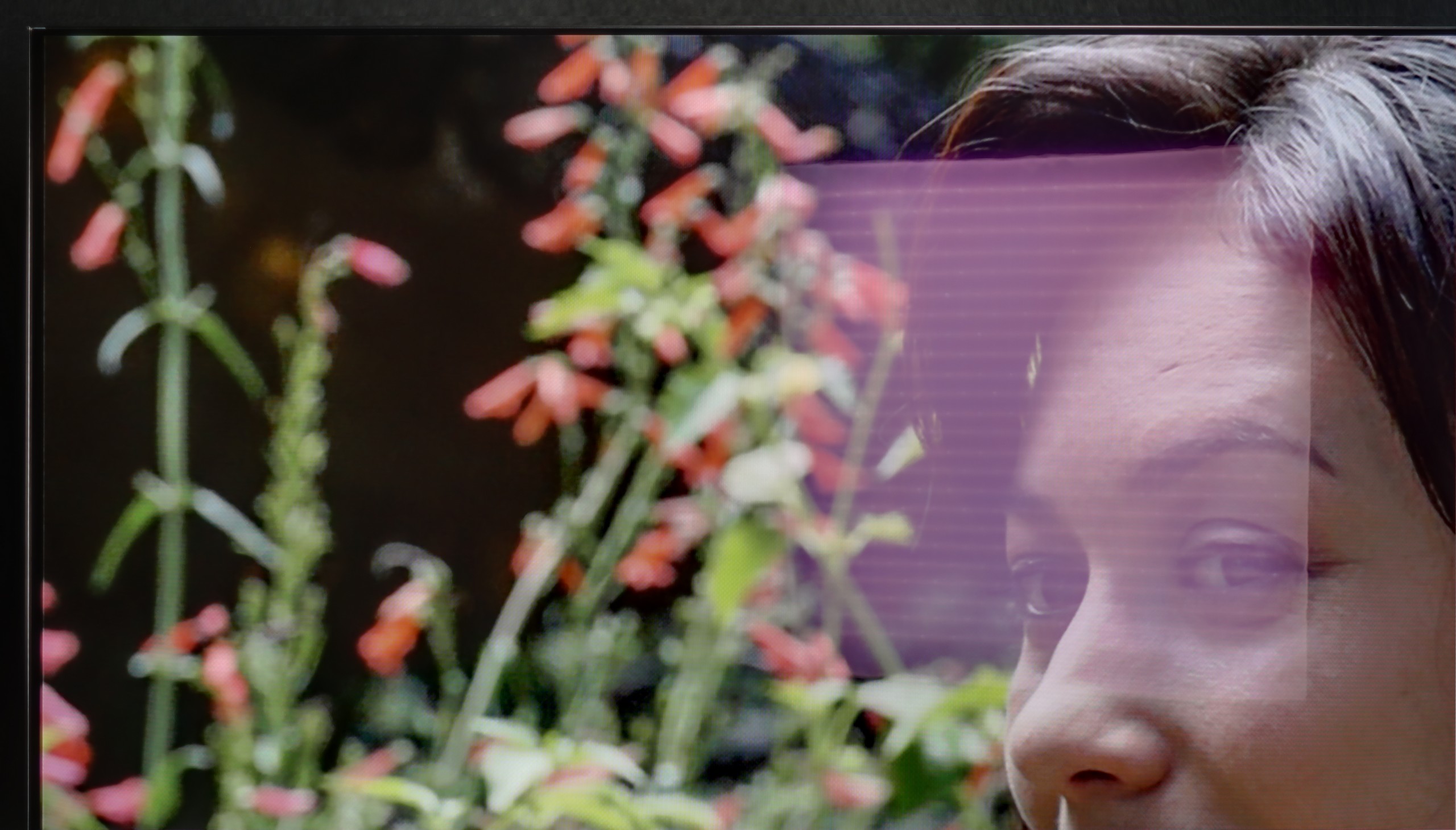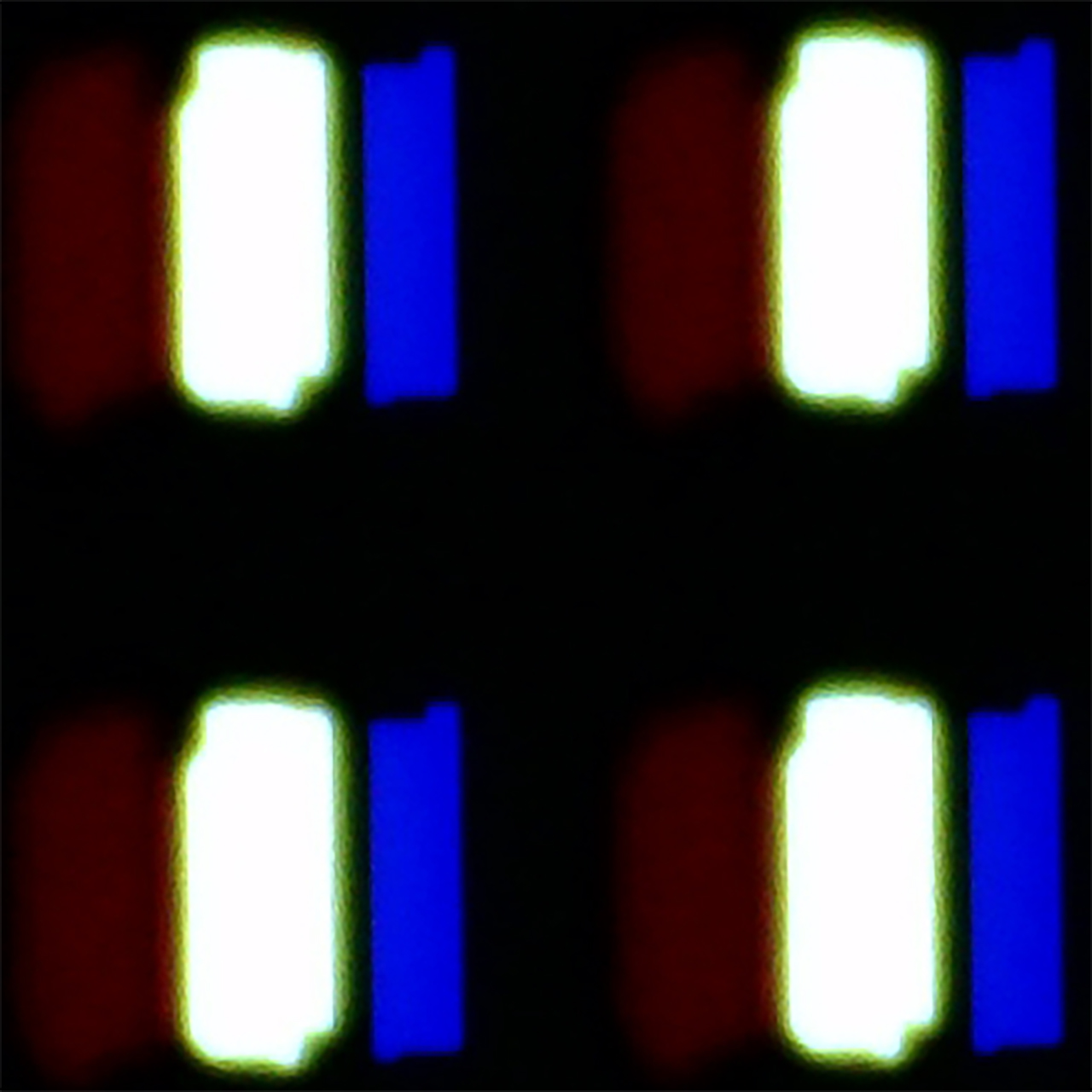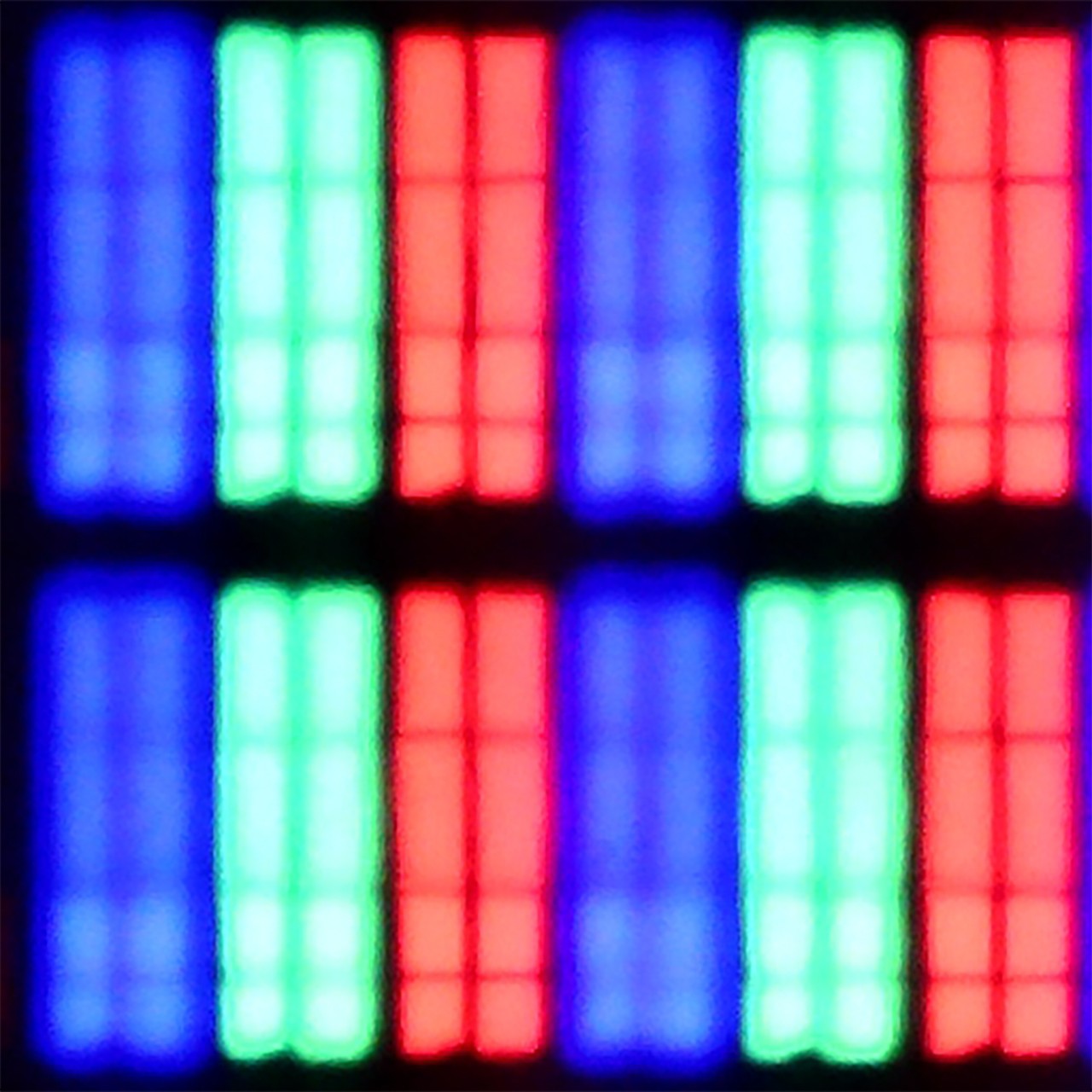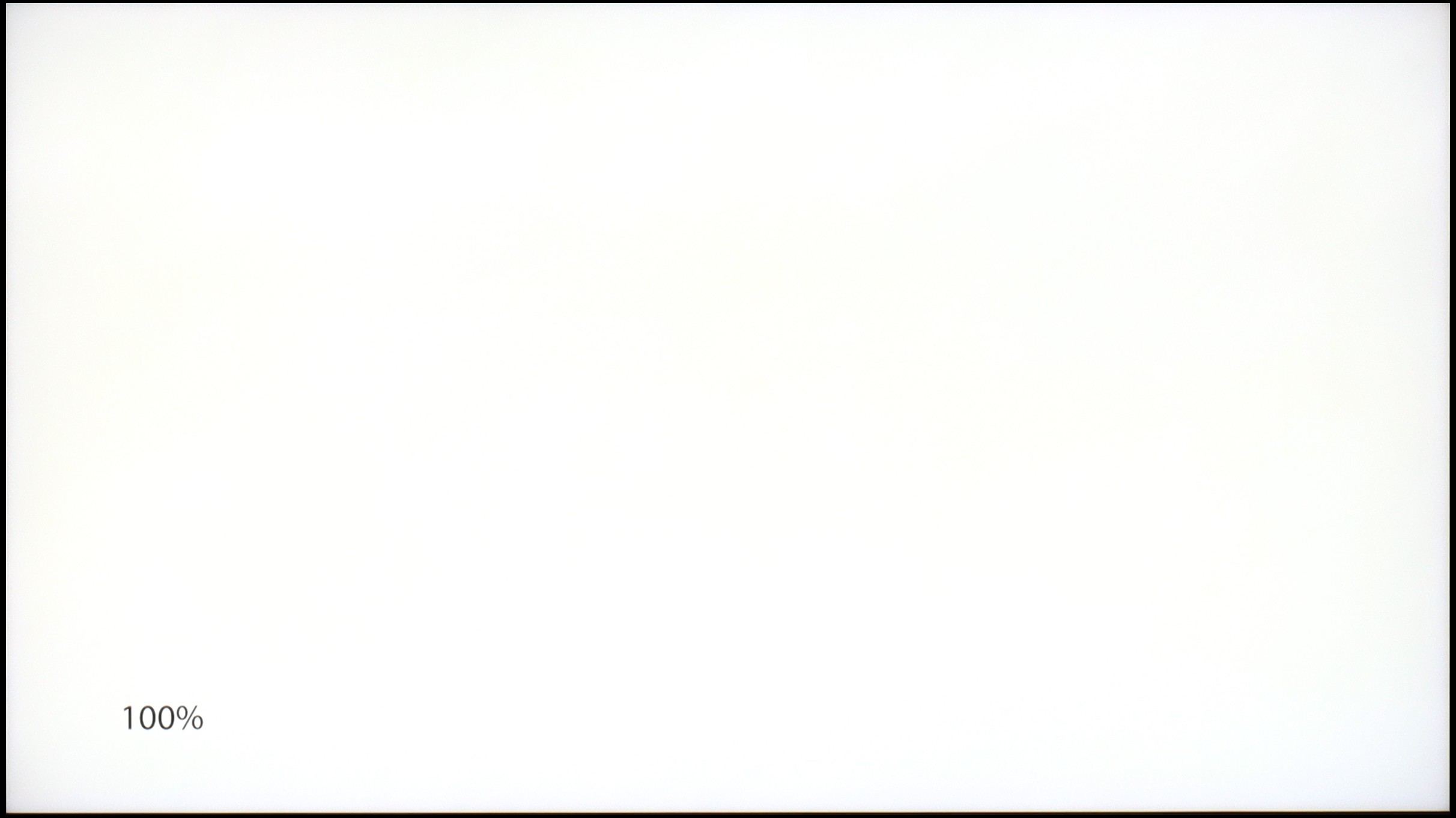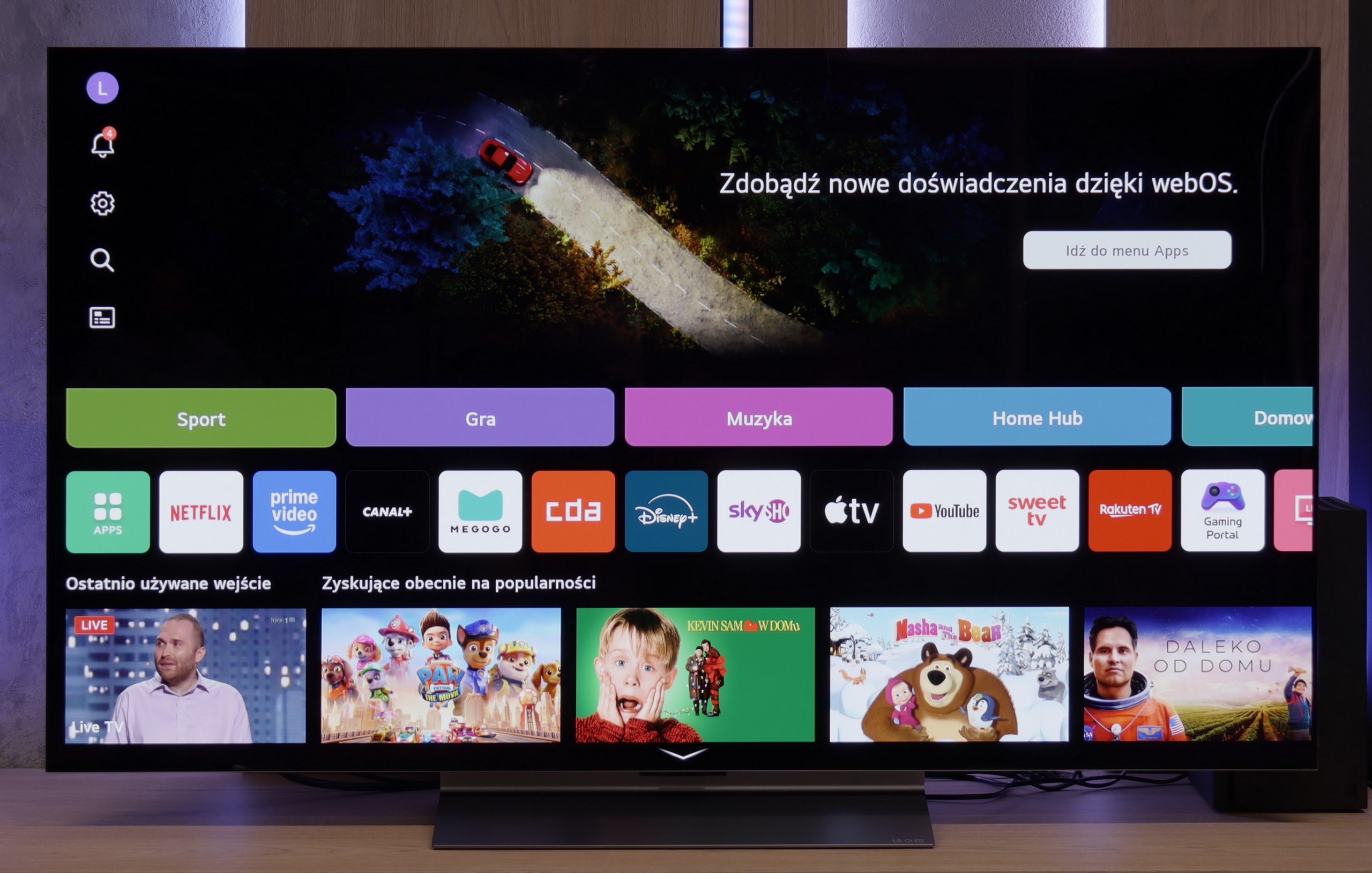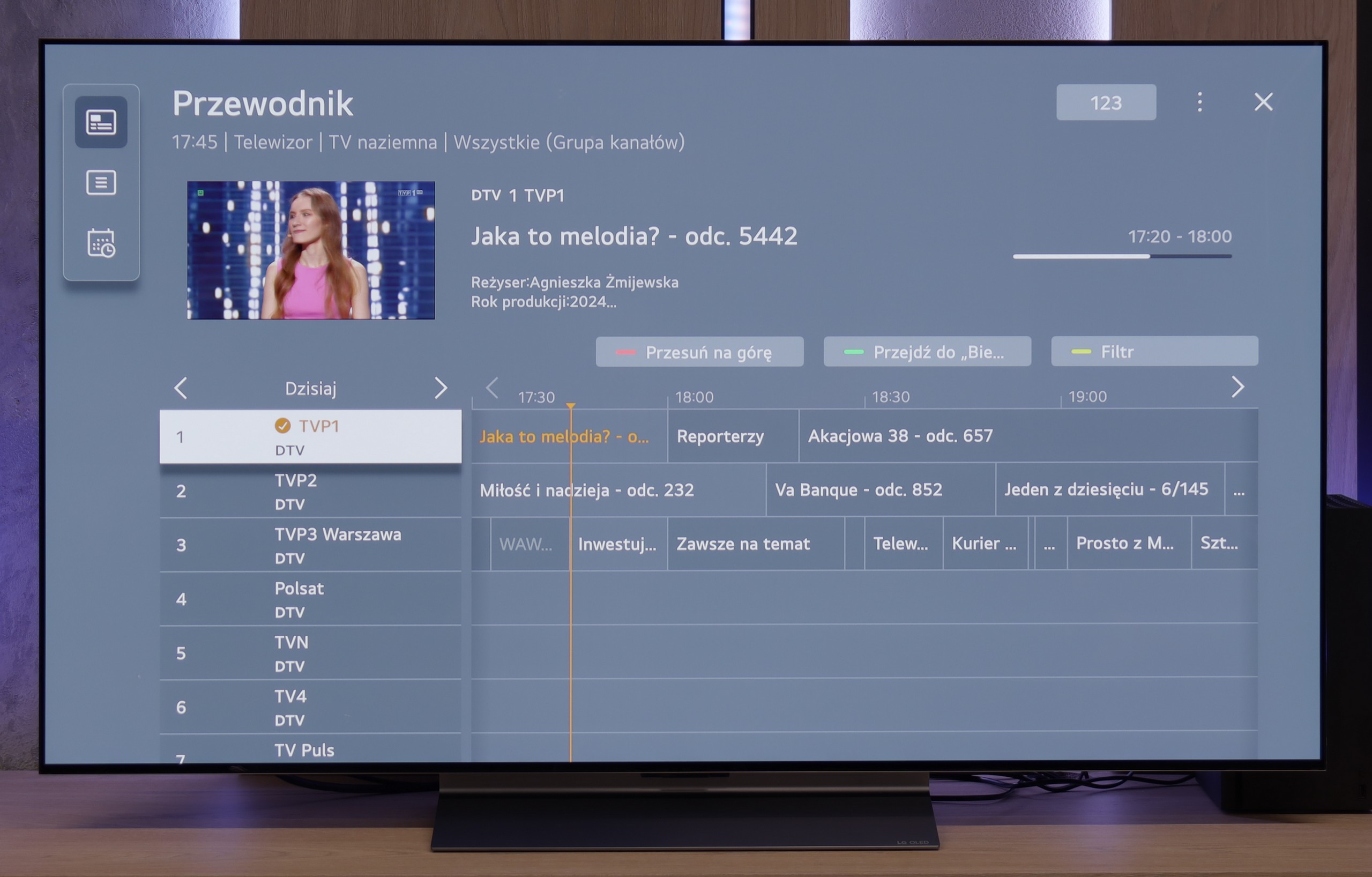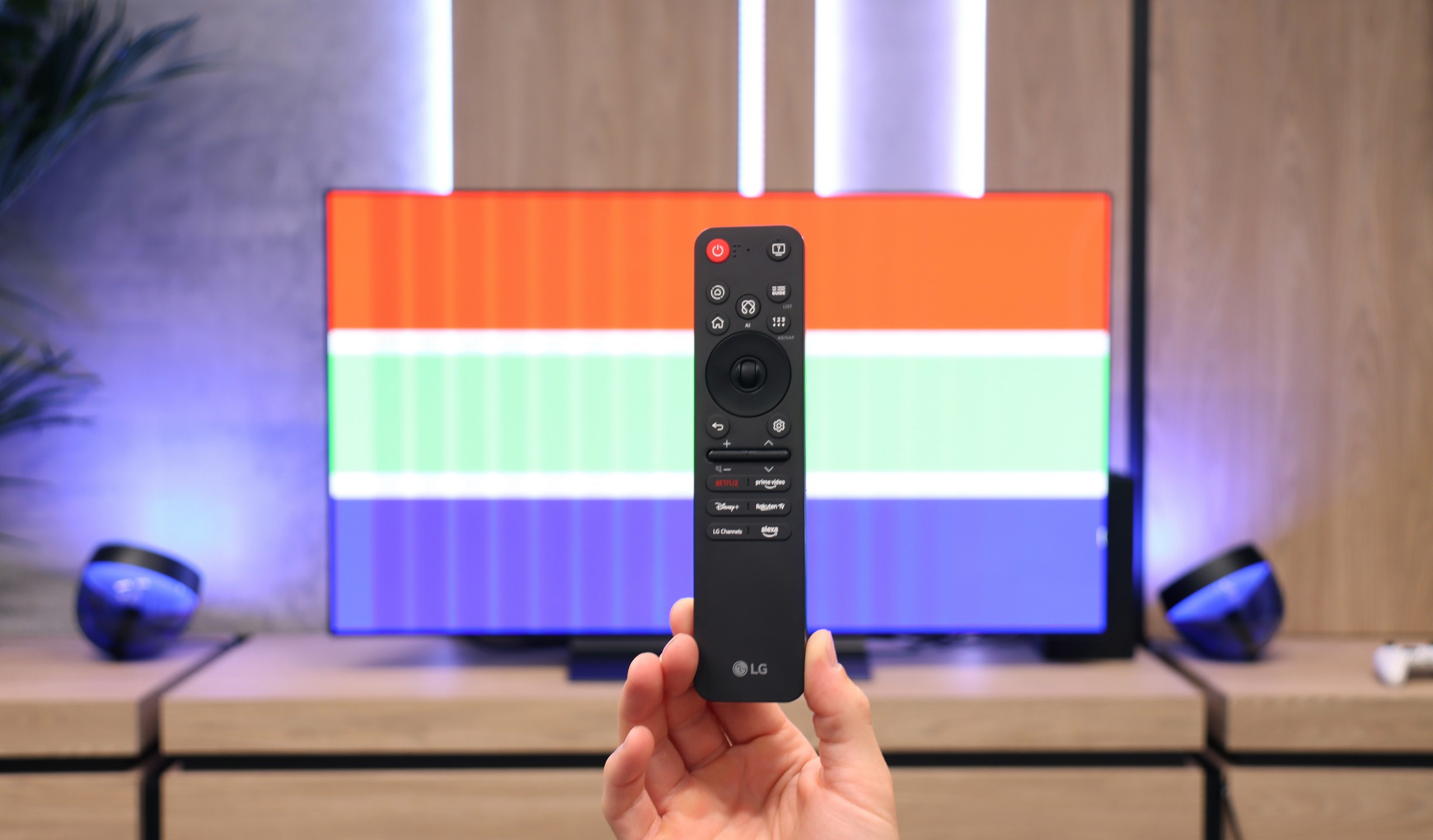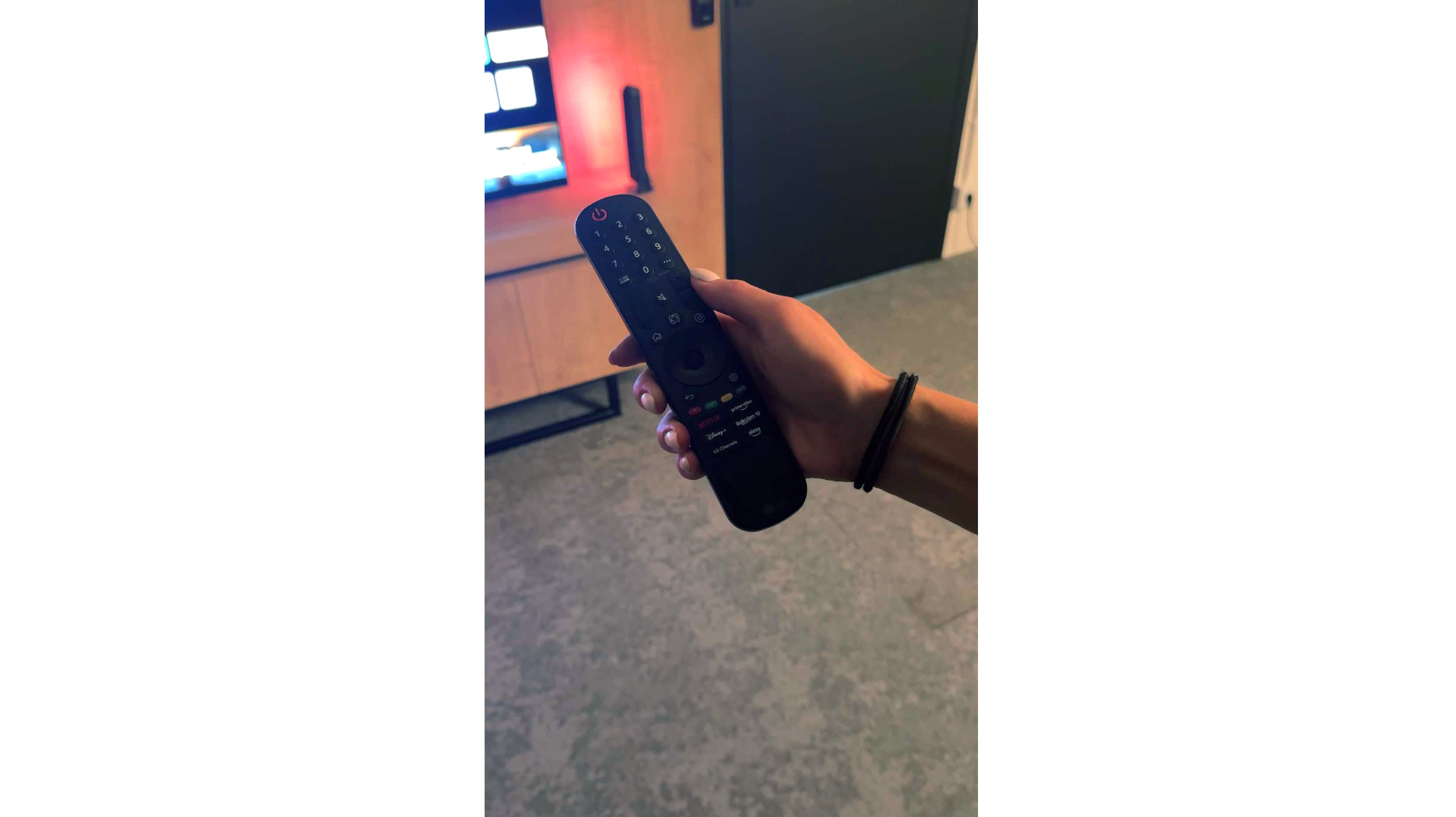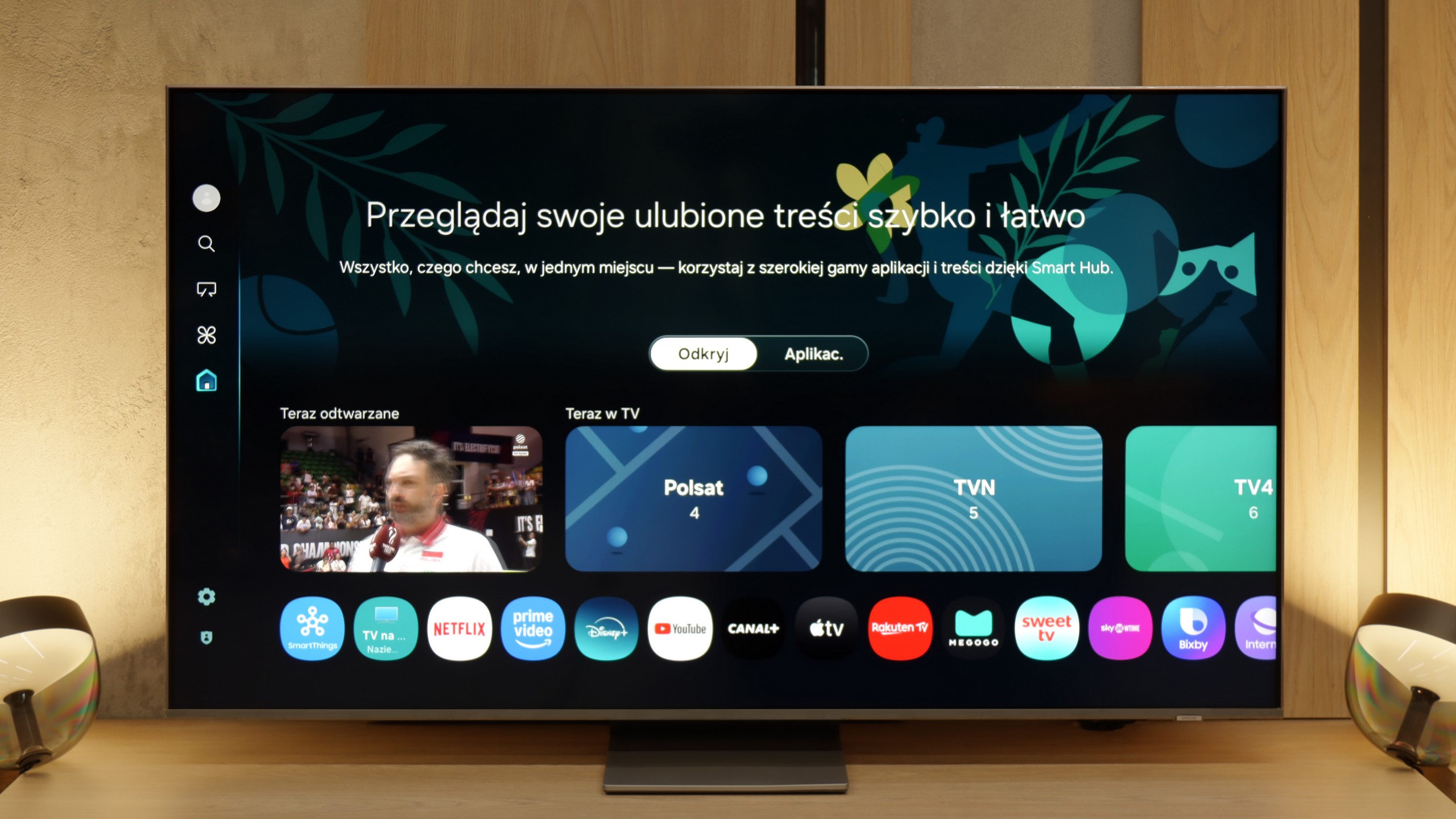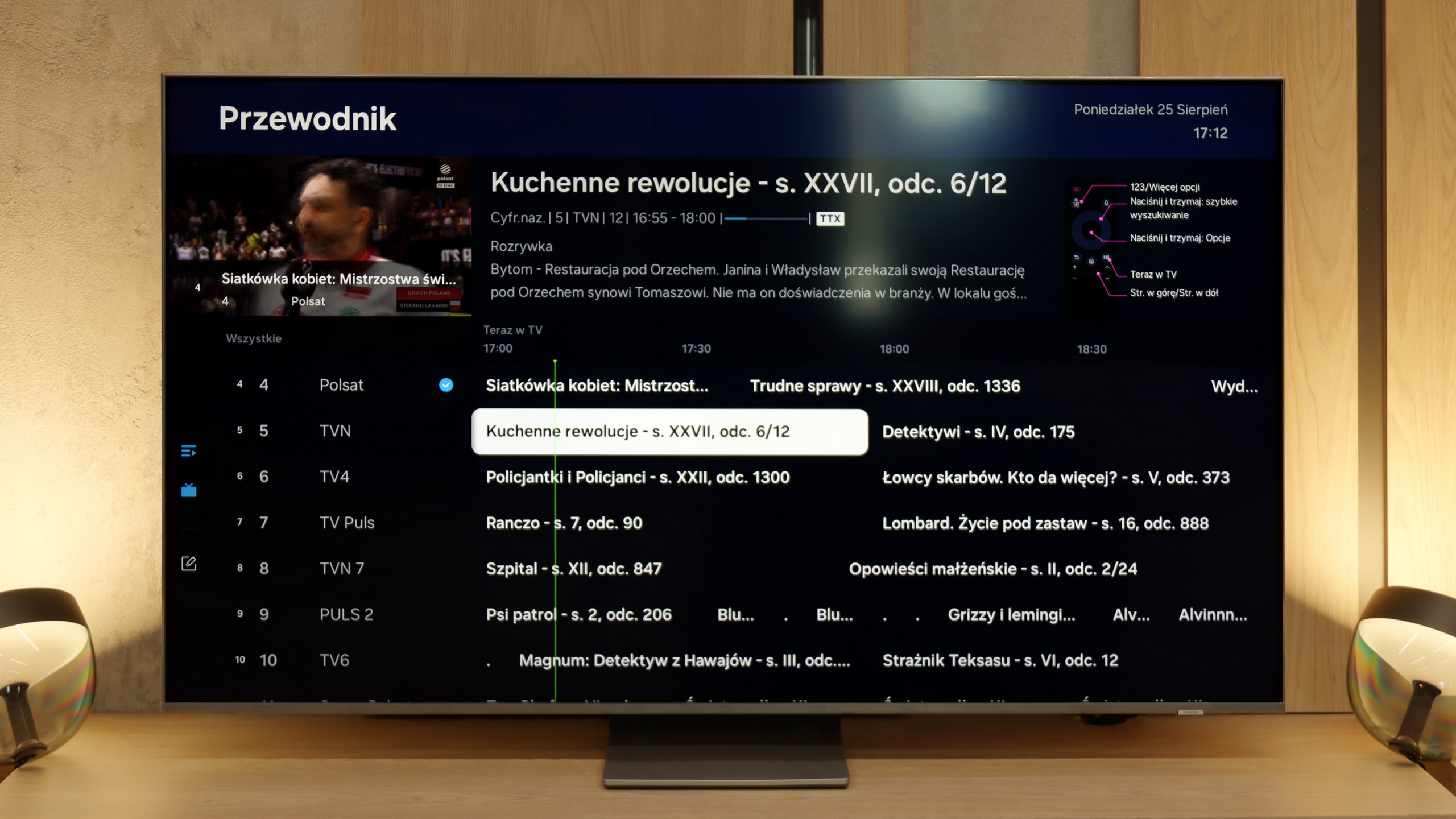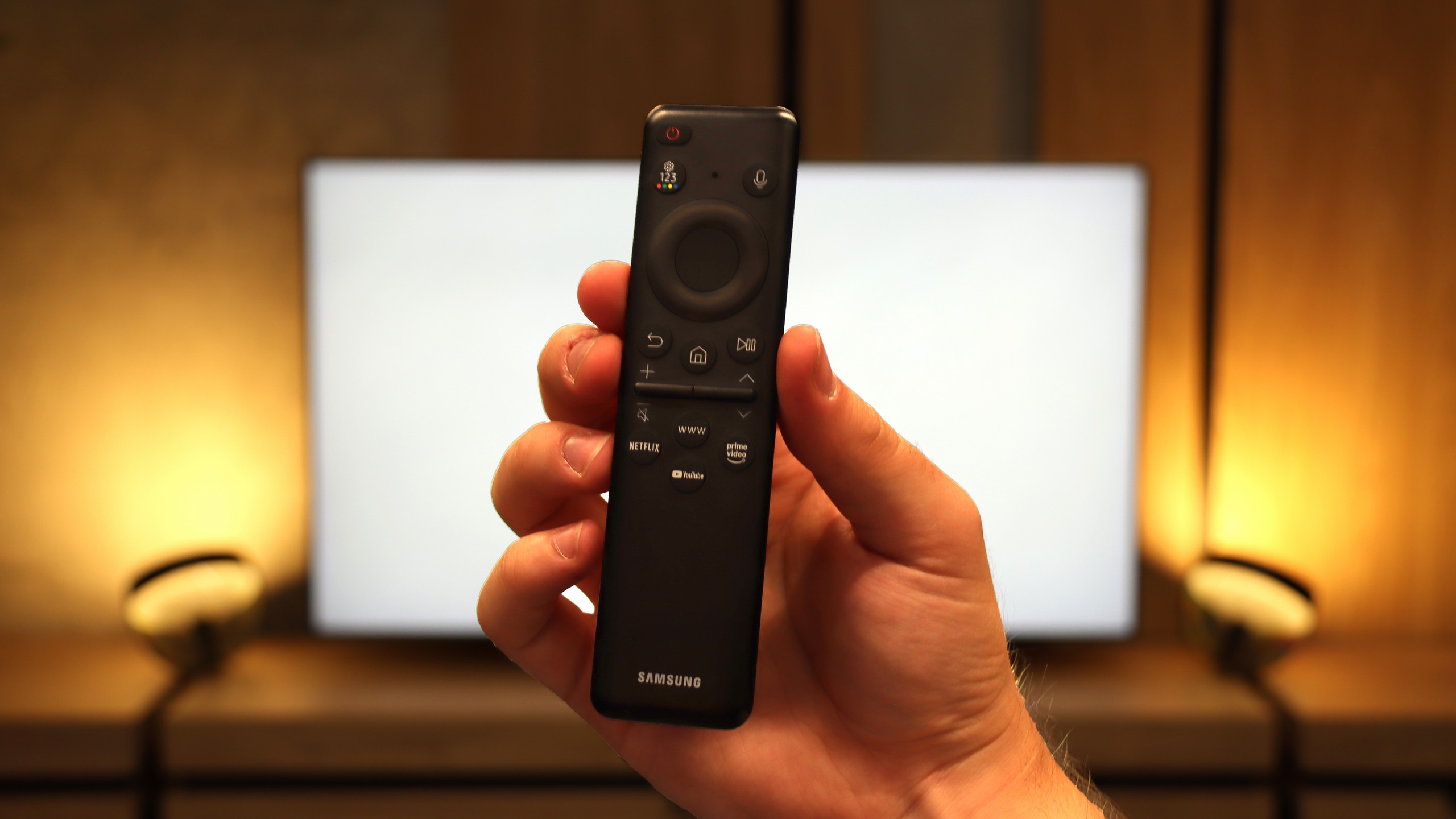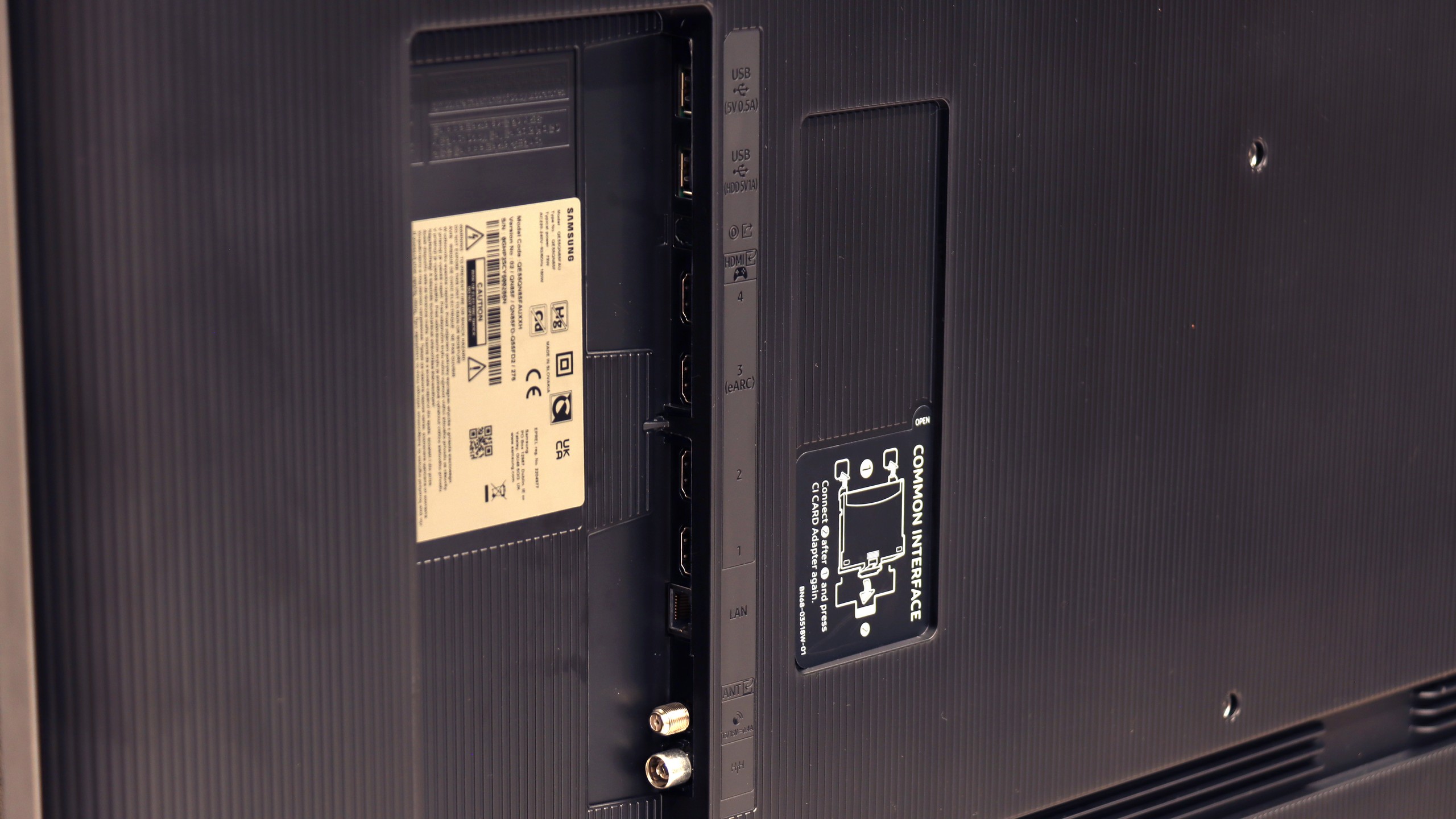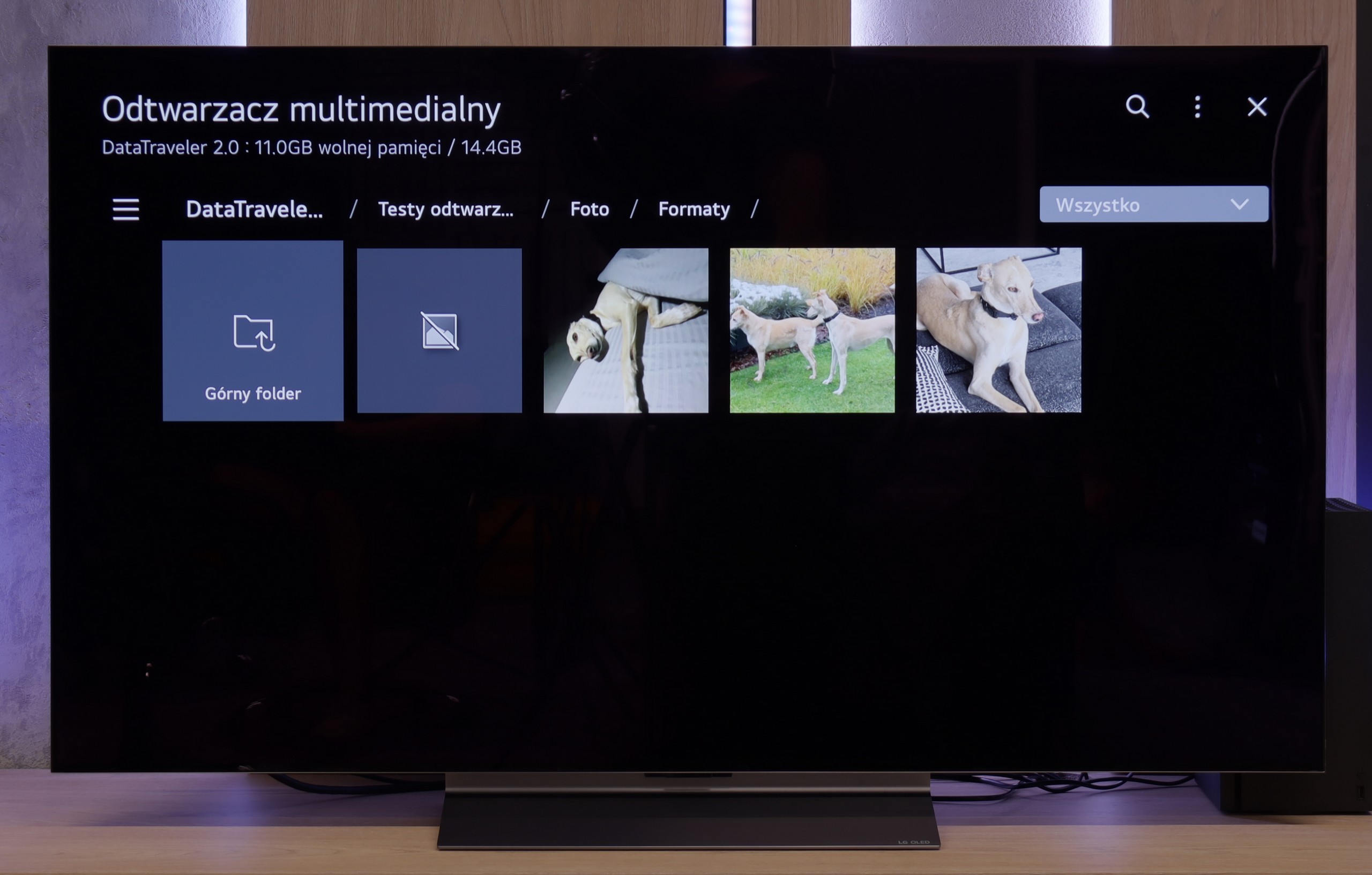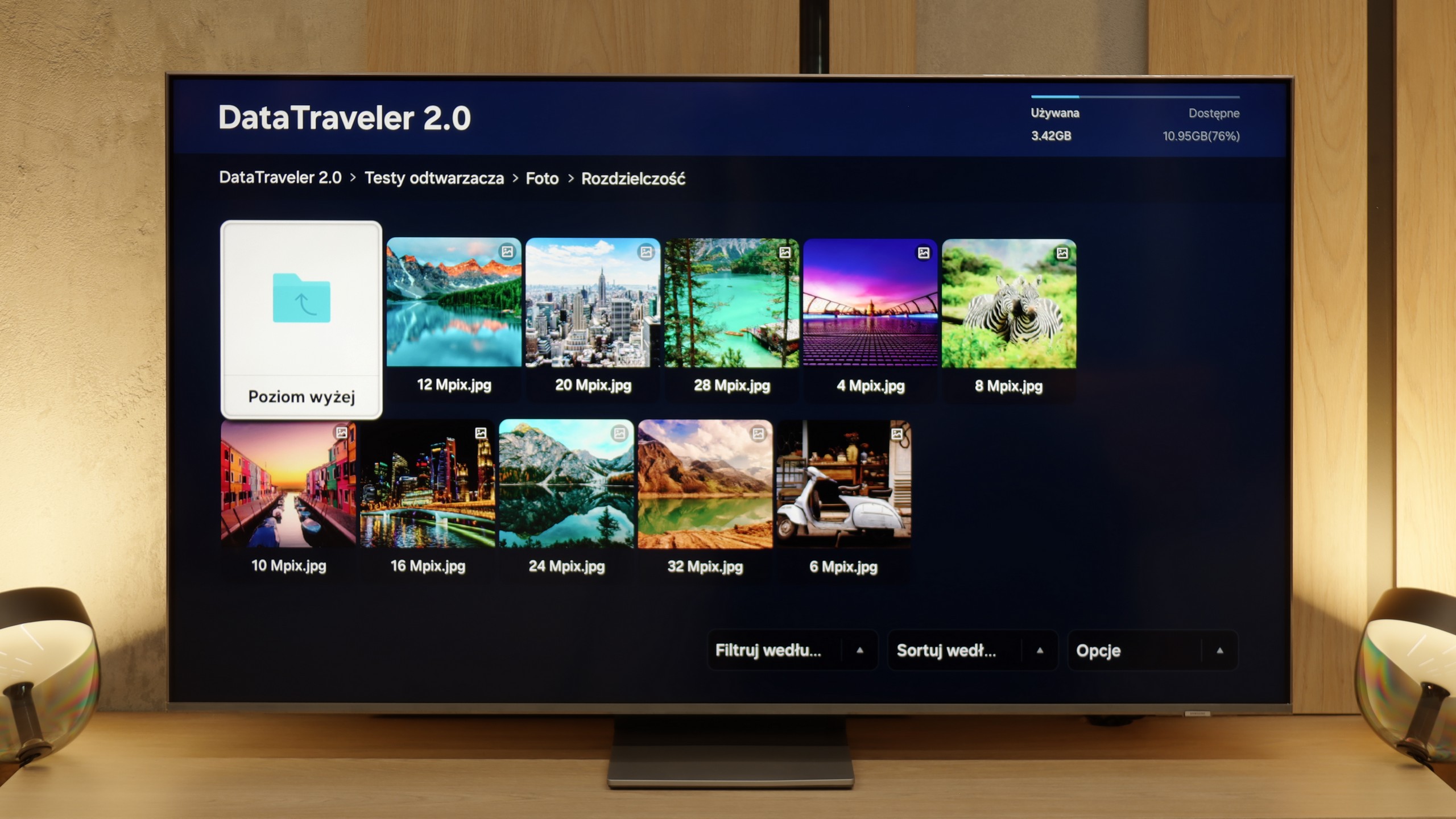LG C5 is a very successful continuation and, in some aspects, even a step forward compared to last year's model C4. The biggest change is the significantly higher brightness – for the first time in the history of the C series, the barrier of 1000 nits has been exceeded, which greatly improves the quality of the HDR effect. Both films and series look more dynamic as a result, and bright scenes finally have the proper "glow". After calibration, the picture quality is nearly reference-level, and one could get the impression that we are dealing with equipment that is much more expensive than its price suggests. C5 is also one of the best choices for gamers – four full HDMI 2.1 ports, low input lag, support for VRR, G-Sync, and correctly implemented HGiG. Additionally, the 144 Hz panel makes not only gaming but also watching sports pure pleasure. The convenient WebOS system and the Magic remote with cursor control function also deserve praise – everything works smoothly and intuitively. This is a television that you simply want to use.
However, there were a few minor reservations. This year, LG has decided to abandon support for DTS codecs, which may be problematic for those using physical media and collections of Blu-ray films. It is also worth noting the confusion regarding the different versions of the remote – depending on the model designation, we may receive a completely different remote than the one we held during our tests. Despite these few comments, LG C5 is a television that makes an excellent impression in almost every regard. Brightness, colours, gaming features, smoothness of the image, and overall build quality make it one of the best OLEDs in its class.
The Samsung QN85F is a television that perfectly demonstrates the purpose of the Neo QLED line. On one hand, it offers everything that today's user expects – high brightness, excellent fluidity, and full support for gamers. On the other hand, it is still LCD, meaning it comes with certain compromises. The question is whether these compromises genuinely hinder everyday use. In practice, it is hard not to be impressed by how the QN85F performs in HDR films. With a brightness level of 1700–1800 nits, watching dynamic scenes truly delivers the "HDR spark" that is lacking in many competing televisions. The lighting effects in films or series can literally overwhelm with their intensity, yet the television maintains detail and doesn’t turn the entire image into a washed-out blur. This is the kind of spectacularity that viewers investing in a new screen are looking for. Gamers also have reasons to be pleased (well, except for one drawback related to HGIG). It supports 144 Hz, variable refresh rate VRR, and automatic low latency mode ALLM. This is already a standard set in this class, but Samsung goes further and adds a unique feature called Game Motion Plus. With it, the image in games becomes smoother, reminiscent of the operation of motion smoothing, but without a noticeable increase in lag. This solution truly distinguishes the QN85F from the competition. On top of all this comes daily convenience. The Tizen system is fast, stable, and filled with applications that we actually use – from Netflix to Apple TV, and even YouTube and Disney+. Additionally, it supports AirPlay, has a comprehensive SmartThings platform, and the remote control, instead of overwhelming us with dozens of buttons, provides simple navigation and quick access to the most important features. This makes the QN85F a television that one simply wants to reach for on a daily basis. Indeed, one could highlight its shortcomings. There is no Dolby Vision, no USB recording, nor Picture-in-Picture, and the viewing angles typical of VA panels won't impress if you sit at a large angle. But all of this pales in comparison to how versatile and refined the QN85F is. During the day, it performs excellently in bright rooms; in the evening, it provides cinematic emotions in HDR, while in games it ensures fluidity and low input lag that other models would envy. Overall, the QN85F is a television that not only successfully continues the value-for-money tradition of its predecessor, the QN85D, but also expands it with several strong points. It is a piece of equipment that is hard to describe as anything other than a "safe choice" – one that will not disappoint in any scenario and is likely to meet the expectations of even the most demanding users.
